Not your typical studio—no walls, no beams.
We left architecture behind to build on dreams.
It’s not just business; it’s bigger than that,
A place where purpose and peace have a chat.
We don’t follow the rules, we’re a radical tribe,
Where brands drop the mask and find their vibe.
A space for those who crave something real,
Where design isn't just made—it's felt, it's healed.
If you’re looking for labels, you won’t find them here,
Just people, their stories, their voice in mirror.
I’m an identity architect—that’s my lane,
Not just design, but the soul of the game.
Helping brands strip back to what’s real,
Identity work you can actually feel.
In a world that’s copy-paste, all the same,
Identity’s the one thing we refuse to tame.
It’s not about trends or the next big wave,
It’s about digging deep, finding the brave.
It’s uncovering the story beneath the noise,
And giving that story its own voice.
Because in a world that never slows,
Only the real ones keep their glow.
Here, identity’s more than a name,
It’s a compass, a light, it’s fuel for the flame.
And Troy—he was there from day one,
His passion, his skills, baked into everything we’ve done.
That smirk of his? Yeah, it’s still around,
In every new idea, every way we break ground.
He’s the vibe check when things get unclear,
That voice saying, “Look closer, it’s right here.
”It’s not just design; it’s trust, it’s grit,
A journey we took, lesson by lesson, bit by bit.
His mark lives on in every brand we mold,
In every gap we close, every story told.
But life doesn’t play by the rules—
Back in Cleveland, feeling the pull.
Came back to the streets that built me up,
But now I’ve got new stories, new stuff.
Those roads I knew like the back of my hand?
Now they echo, like ghosts in the land.
I’m not the same, I’ve outgrown the past,
A stranger here, but I’m holding fast.
Trying to plant what I’ve learned, what I know,
In a city that shaped me, but feels too slow.
Cancer hit, but the studio couldn’t wait—
Clients, projects, dreams at stake.
I led through the treatments, through endless nights,
Guiding my team while waging my fight.
Every setback a test of faith and will,
Yet we pushed forward, even when money stood still.
I showed up for them, as they did for me,
Holding onto the vision, refusing to flee.
Because even in the darkest of days,
This studio was my reason, my light, my way.
And through it all, one constant stayed,
My wife, my rock, in the hardest days.
She held me up when I felt small,
Her strength and grace guiding it all.
A partner, my right hand, steady and true,
Building this dream as much as I do.
Sarah, you stood with me when the world fell apart,
Held my fears, my hopes, my fragile heart.
In every battle, you were my calm, my fight,
My anchor in darkness, my beacon of light.
Without you, none of this would be,
This studio, this life—our shared legacy.
Today the legacy is built on gratitude, not fear,
Thanking God every day that I’m still here!
In an industry that's too fat, too safe, too stale.
They sell fast and cheap, while creativity’s in the pale.
No time to pause. No patience for a mirror.
We won’t just do it, our mantra is clear.
This studio’s proof that peace is power,
That clarity can rise in the darkest hour.
We’ve got your back when they shut the door,
When the world feels heavy, and you can’t take anymore.
Calling all the radicals, far-reaching and thorough,
Bringing peace today and tomorrow.

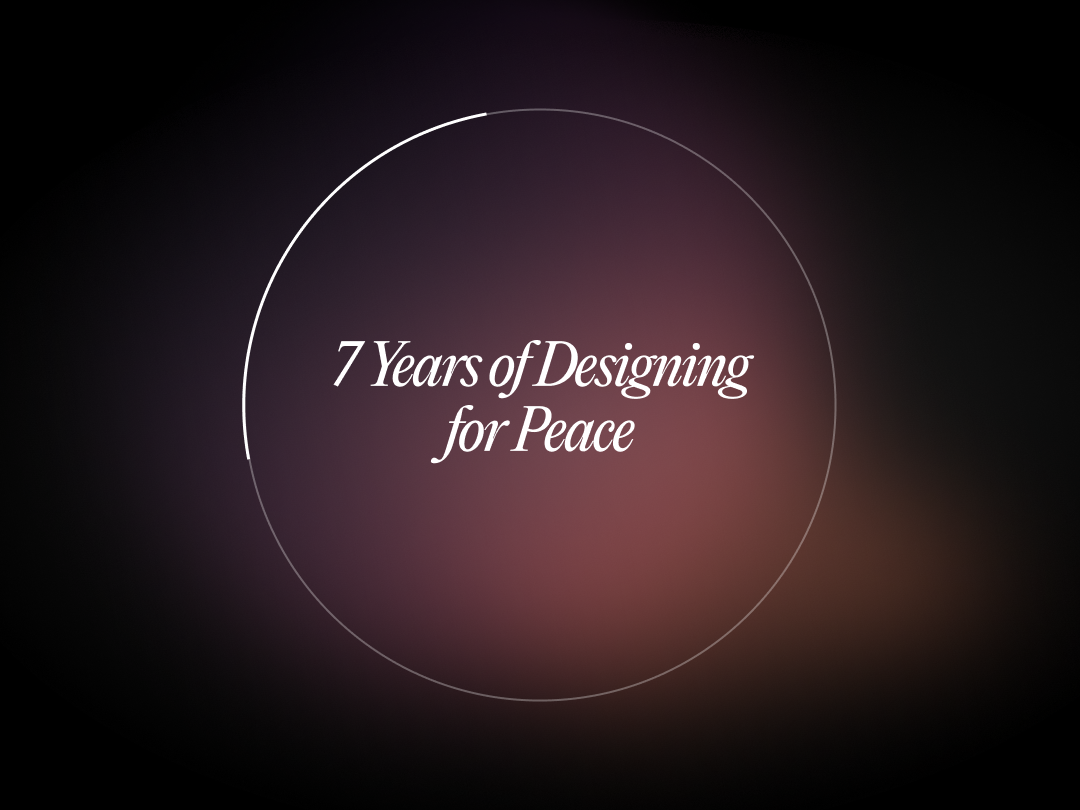
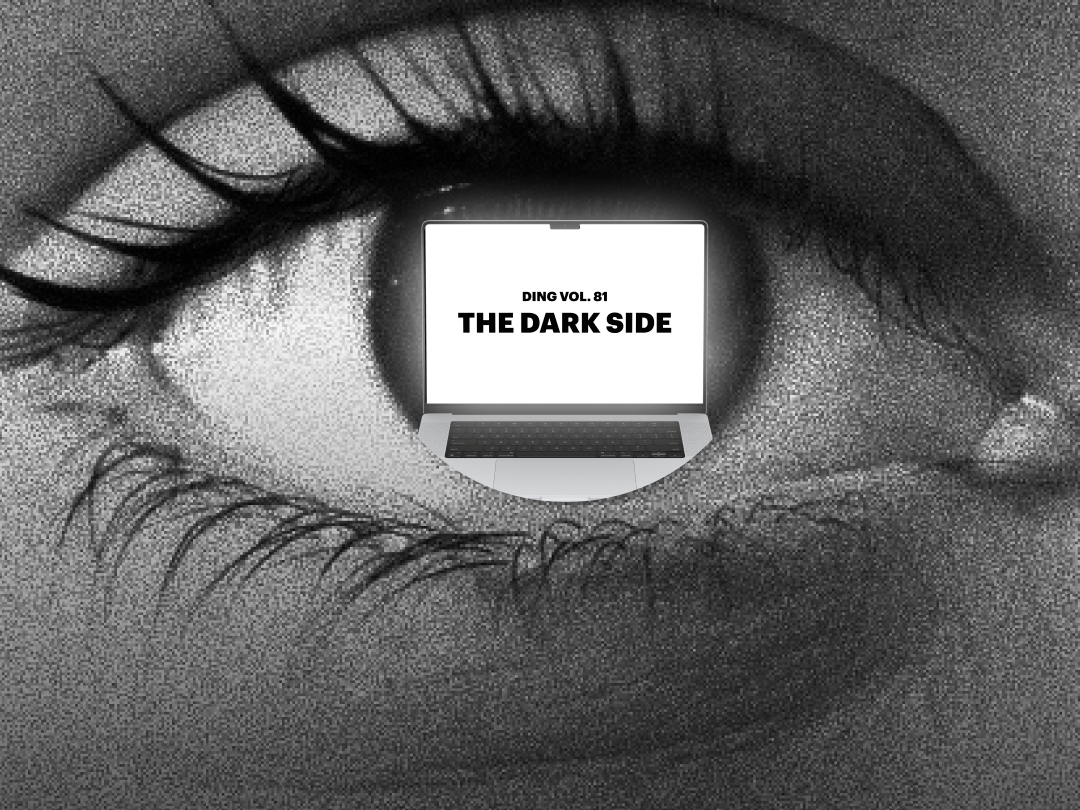
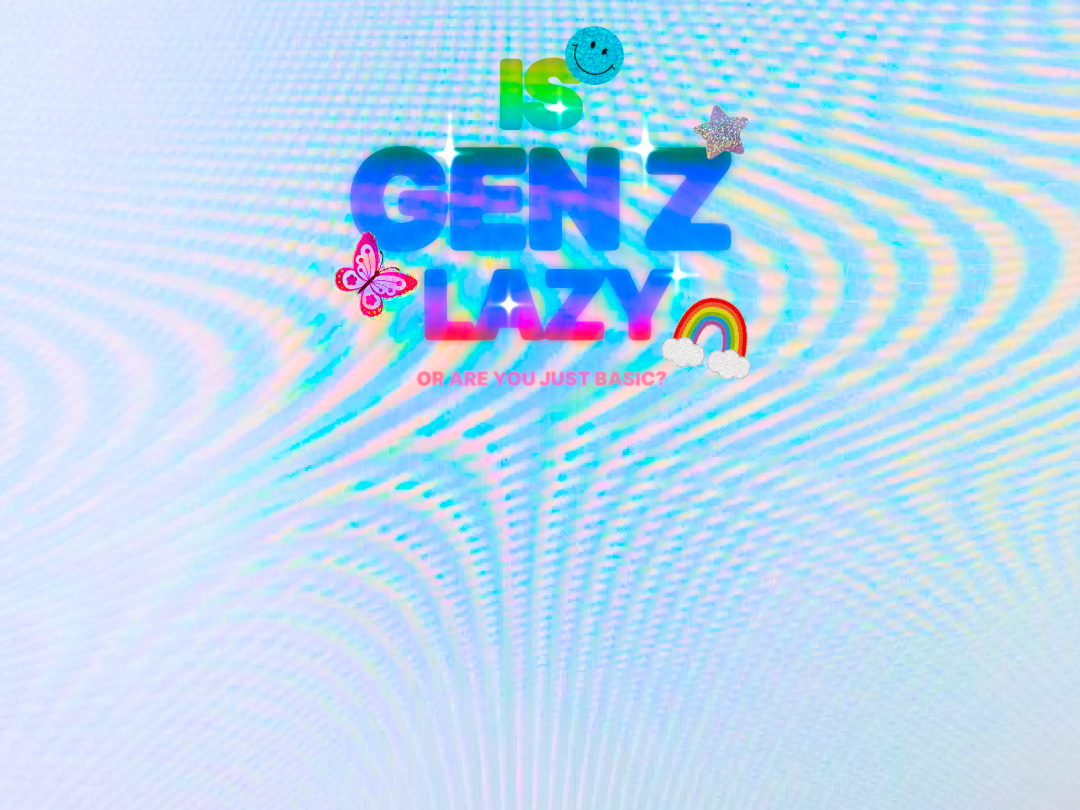

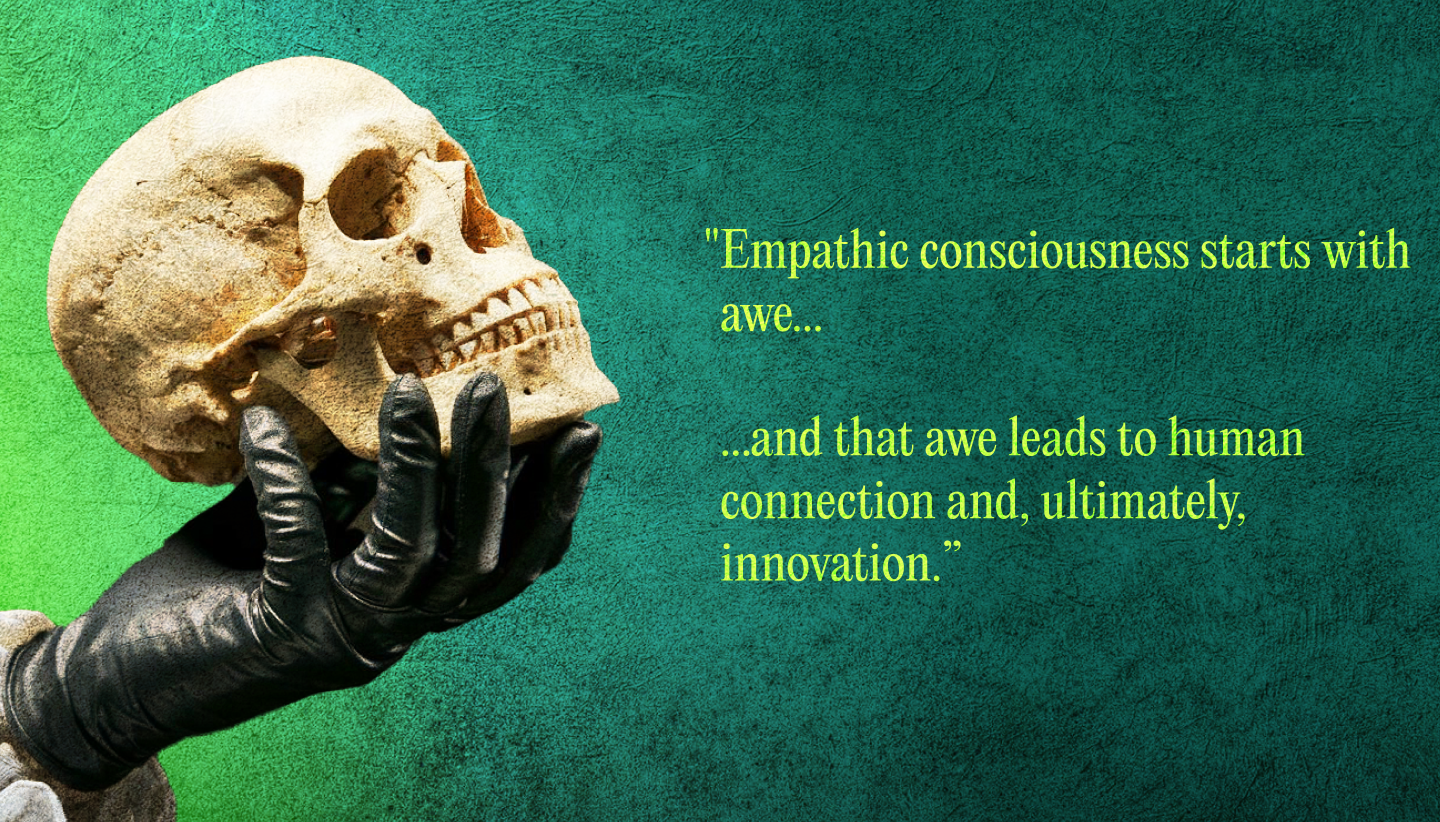
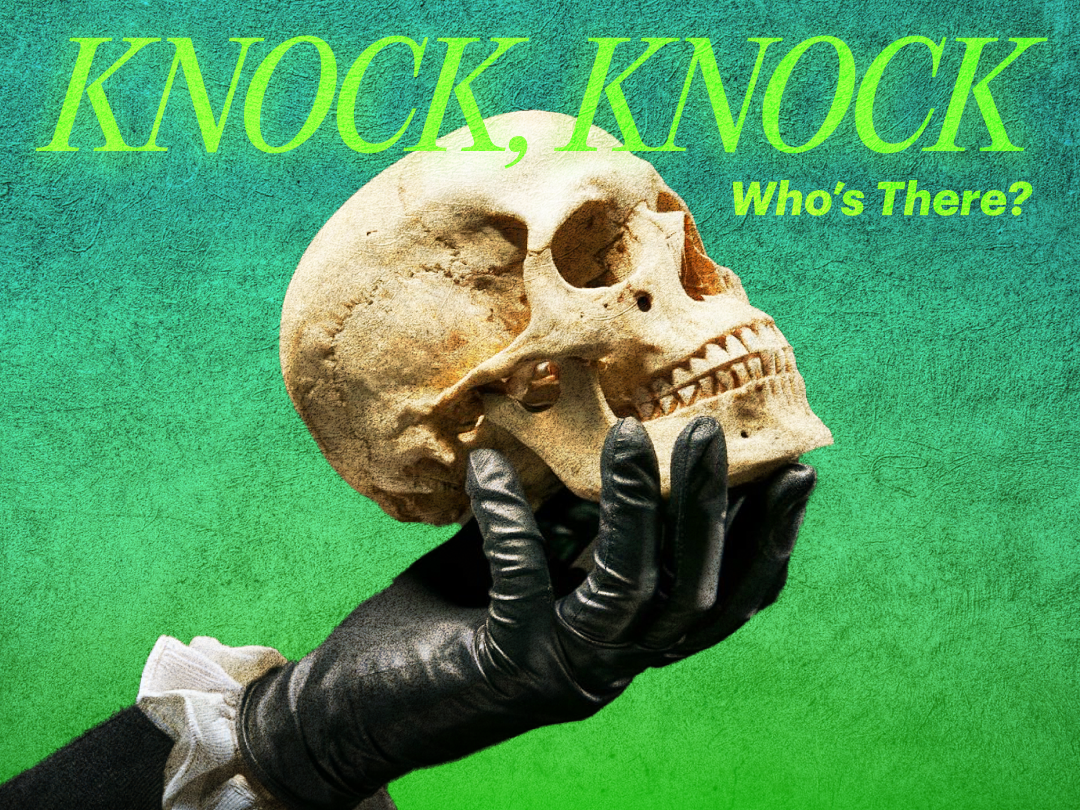
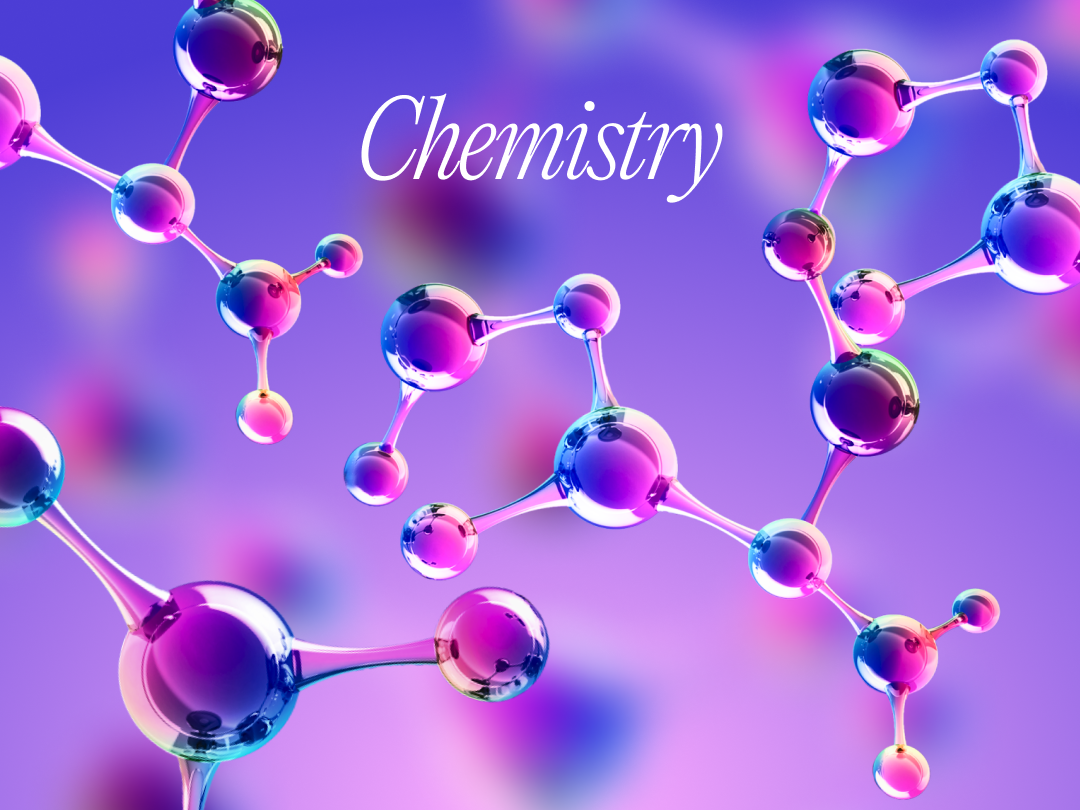

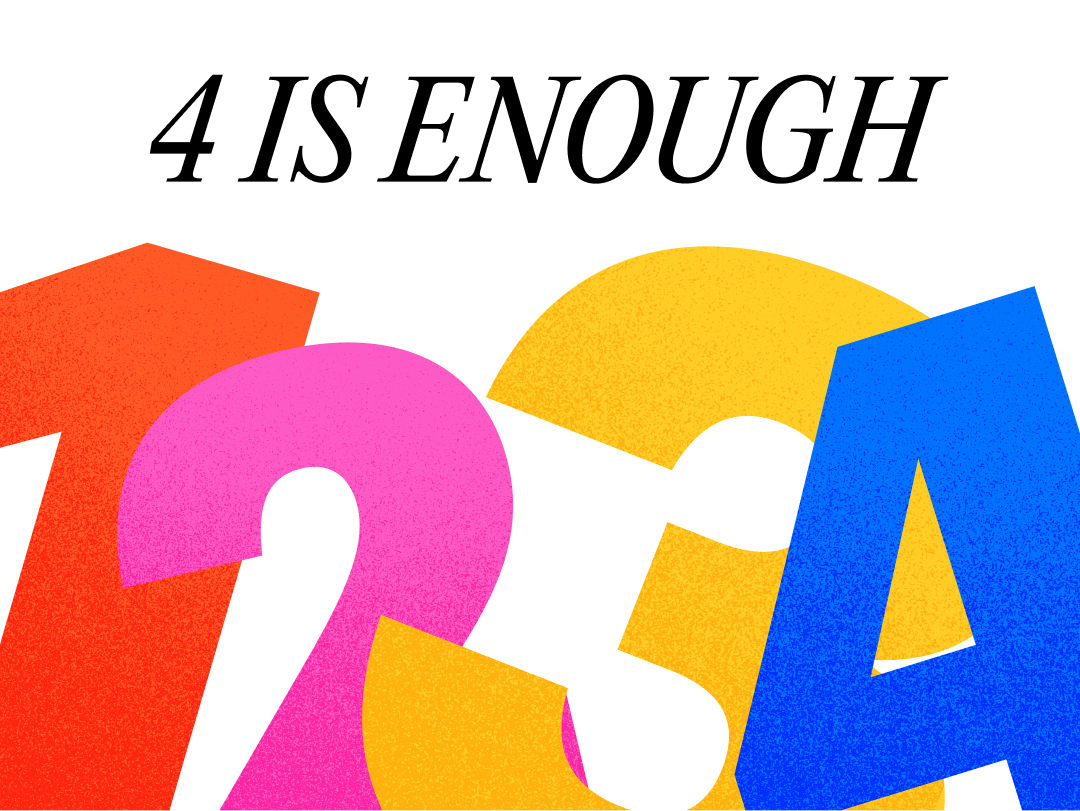
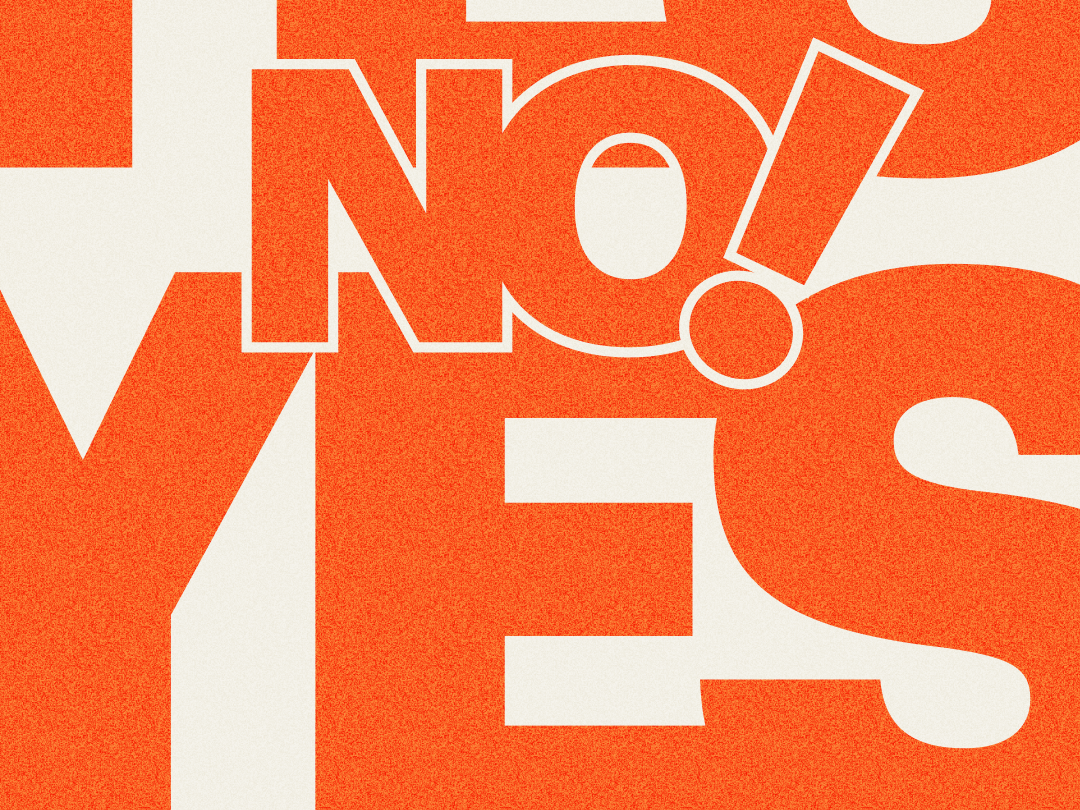
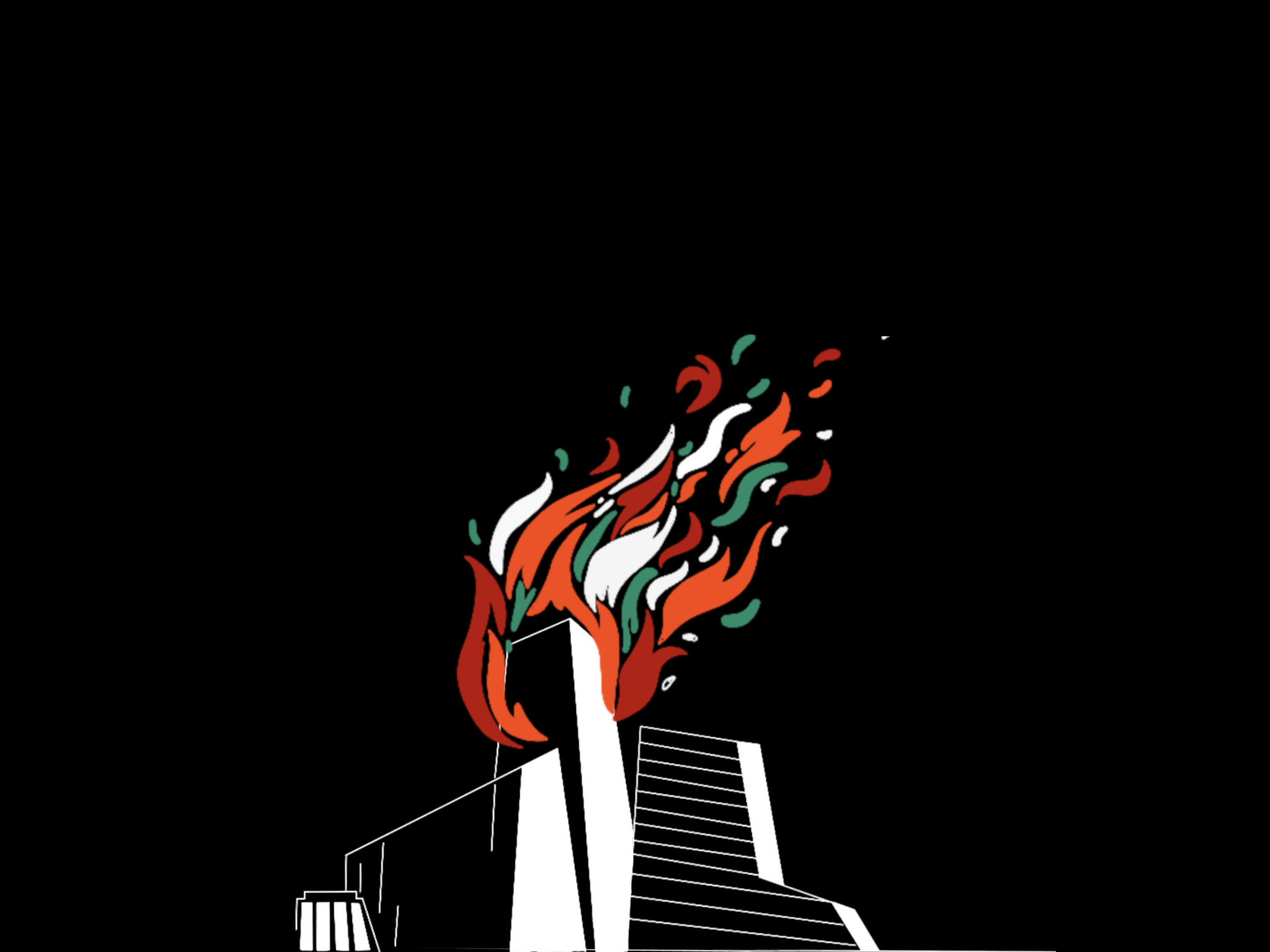
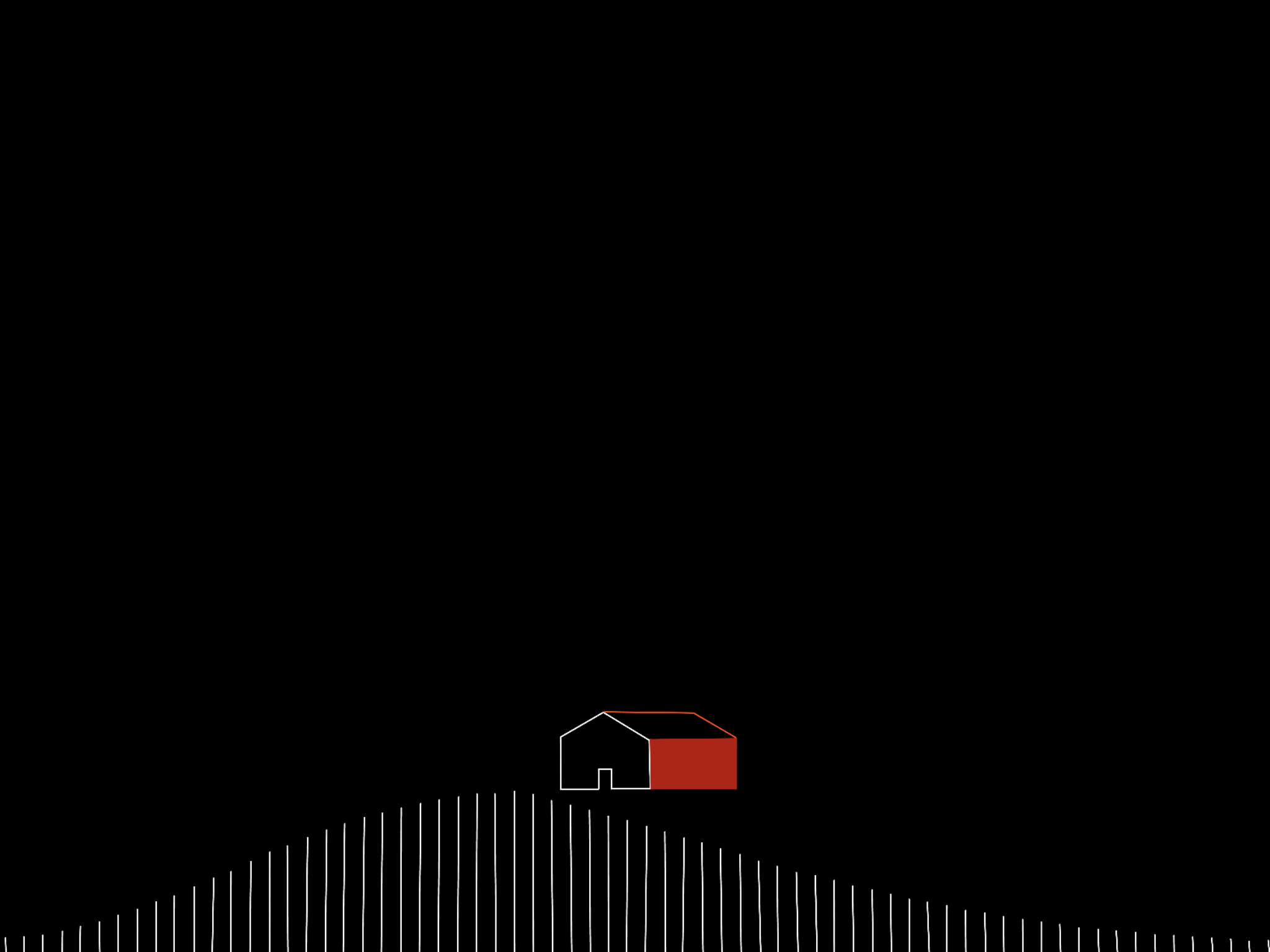
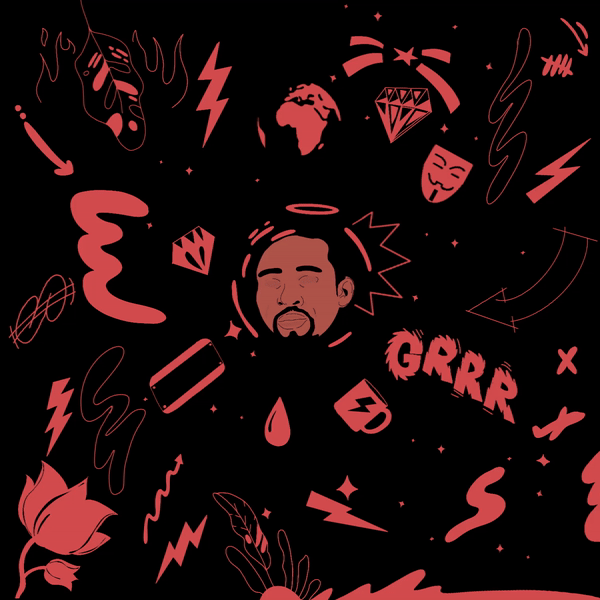

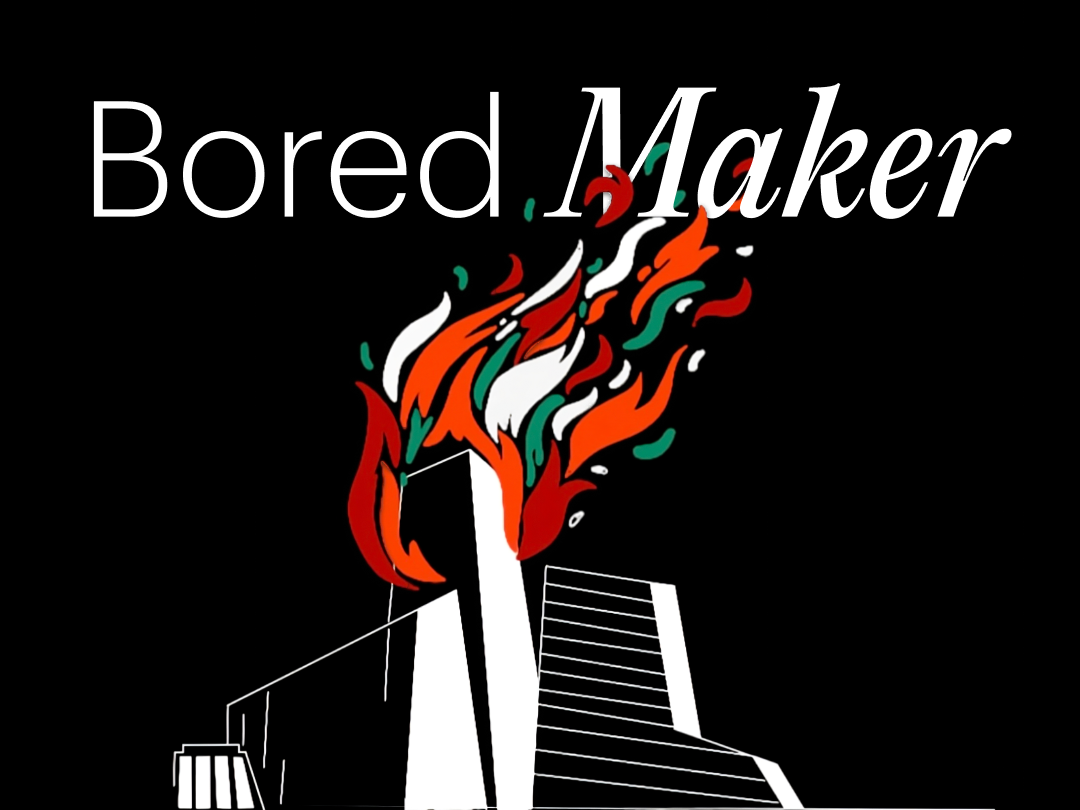

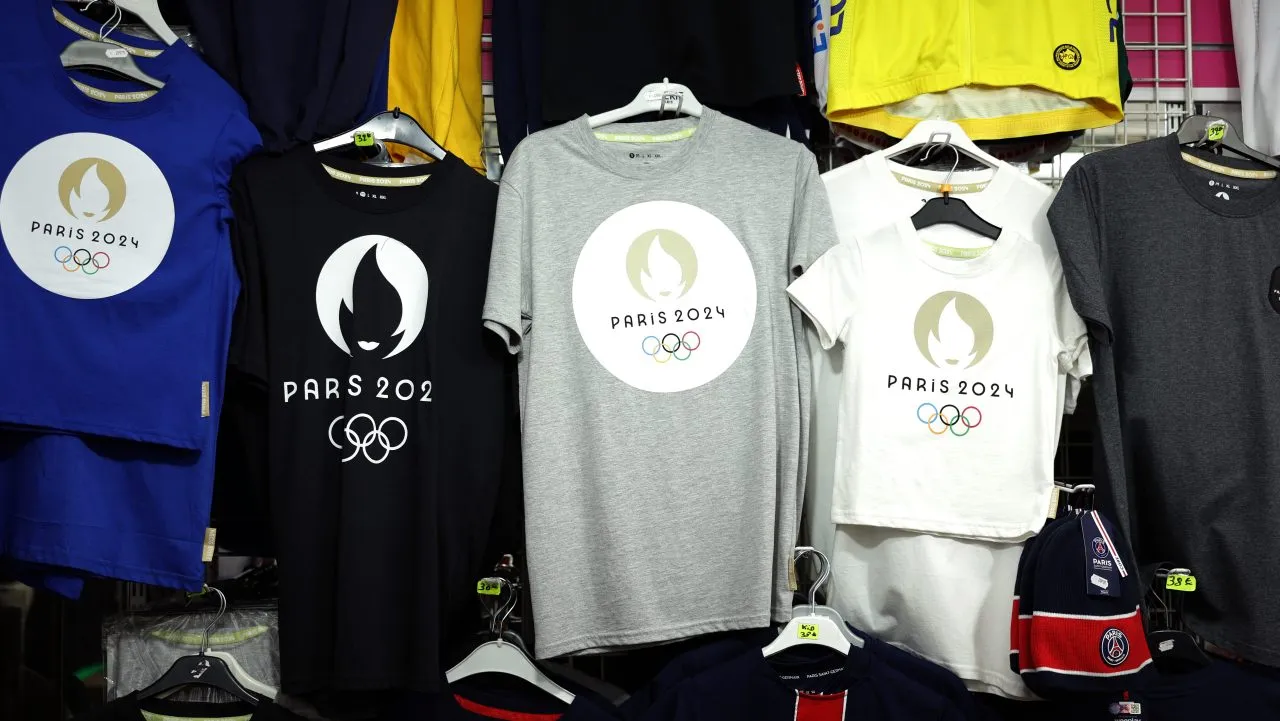
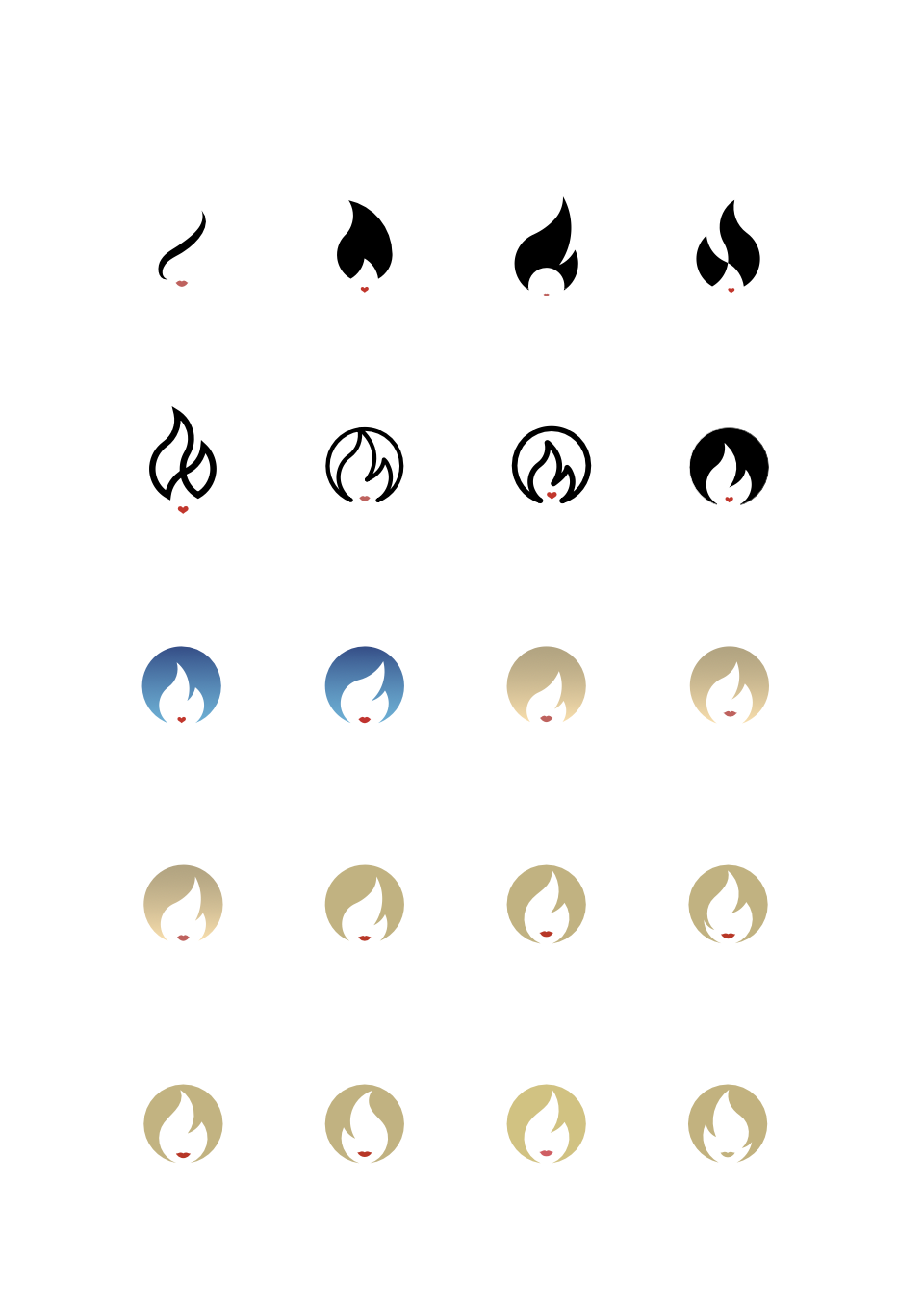





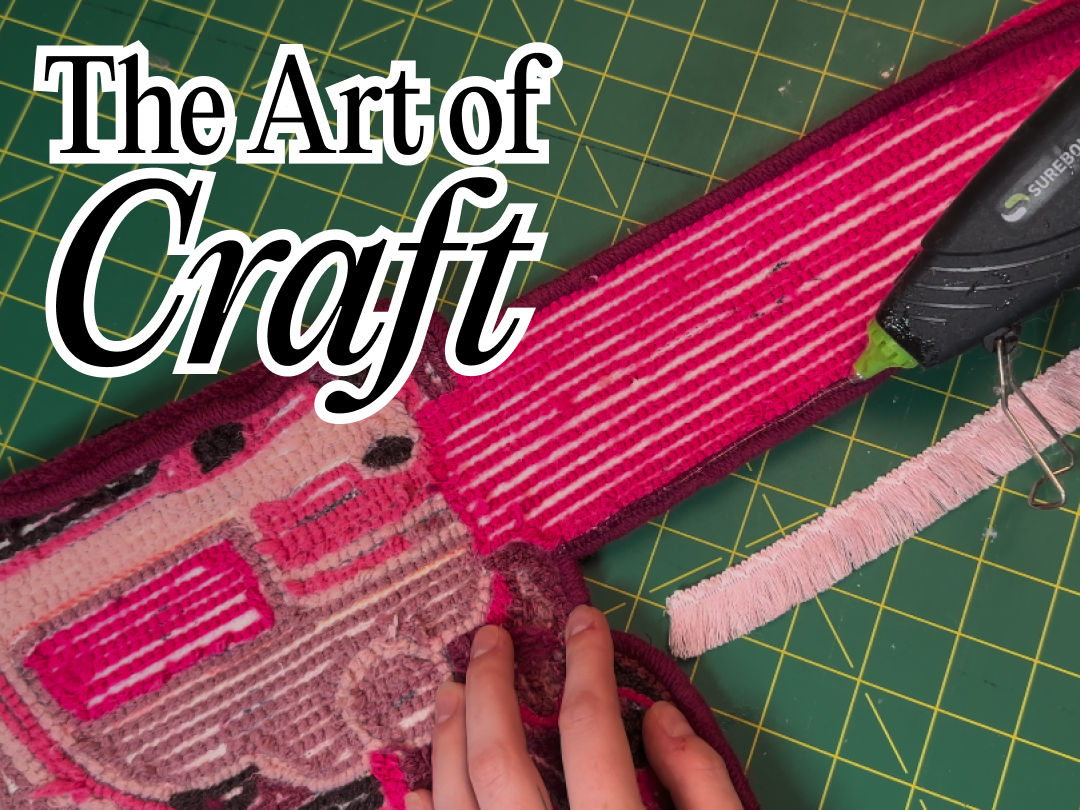
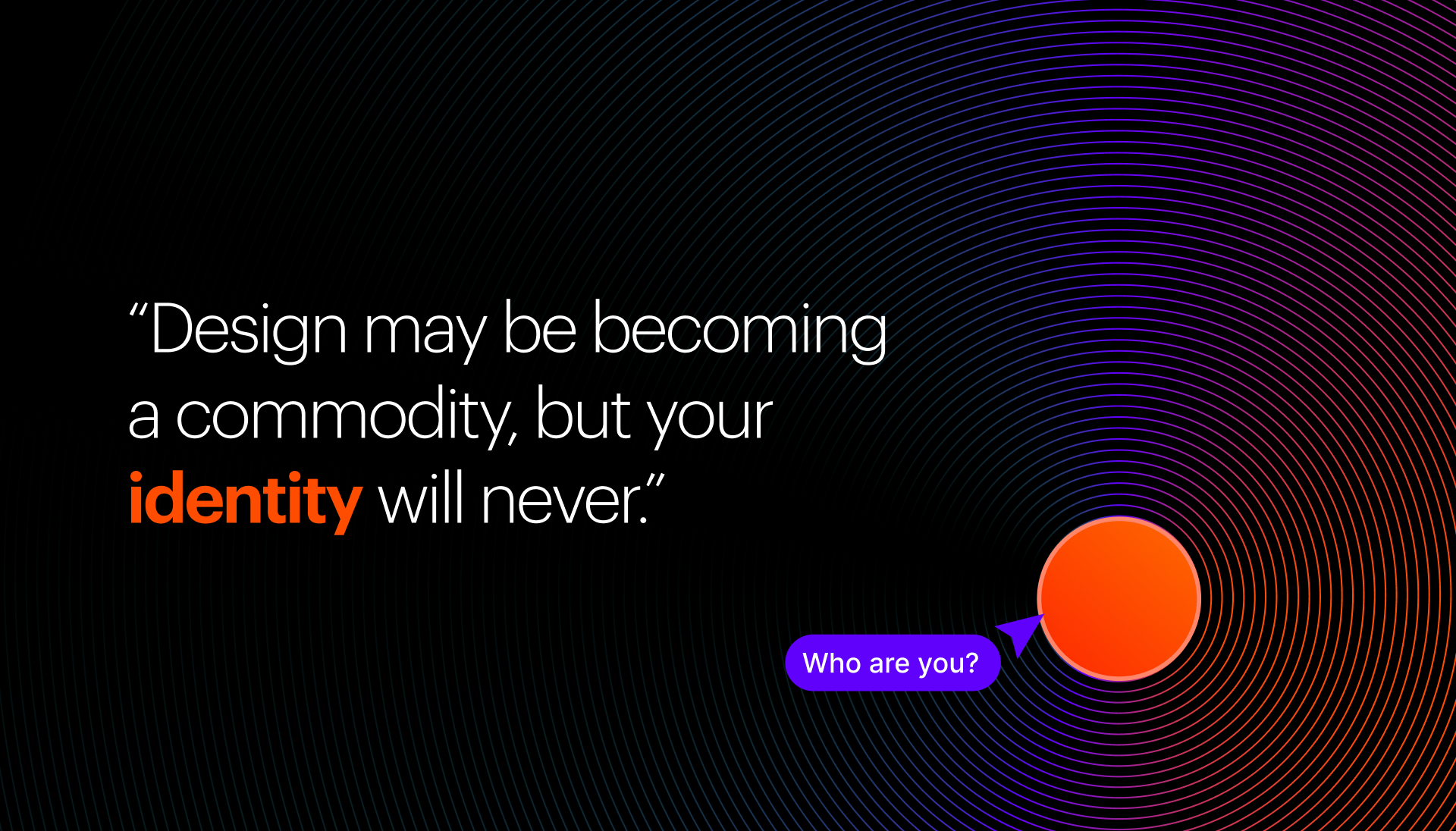

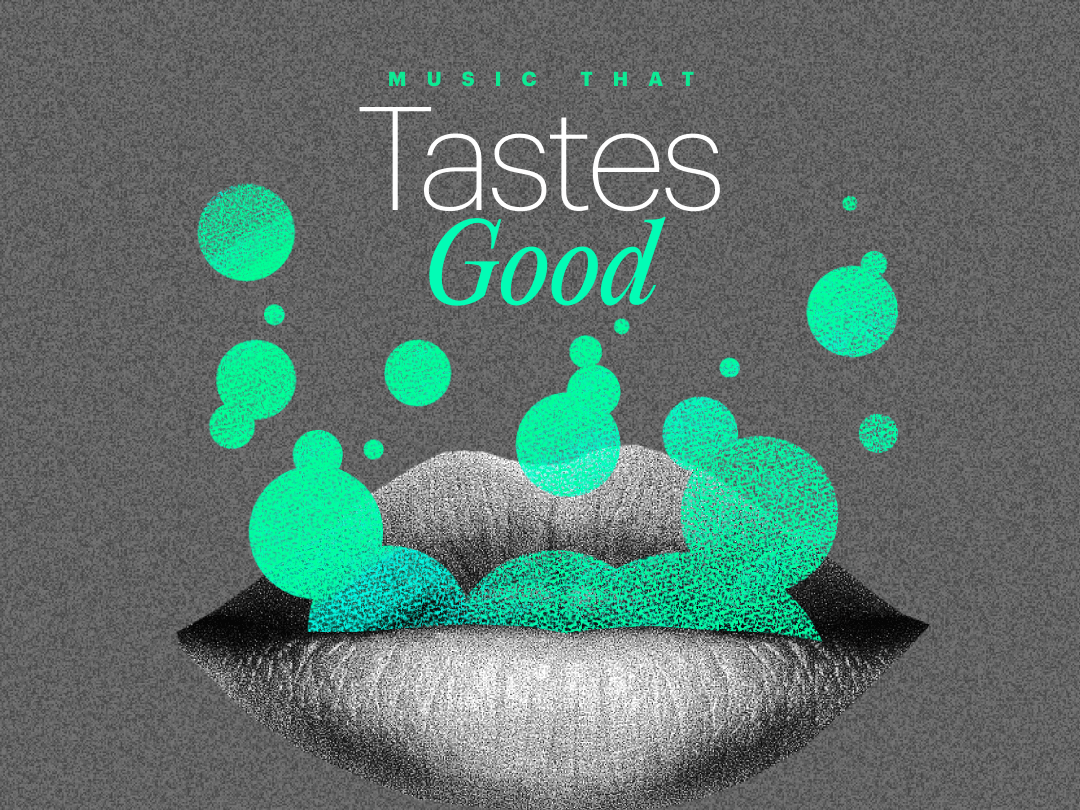

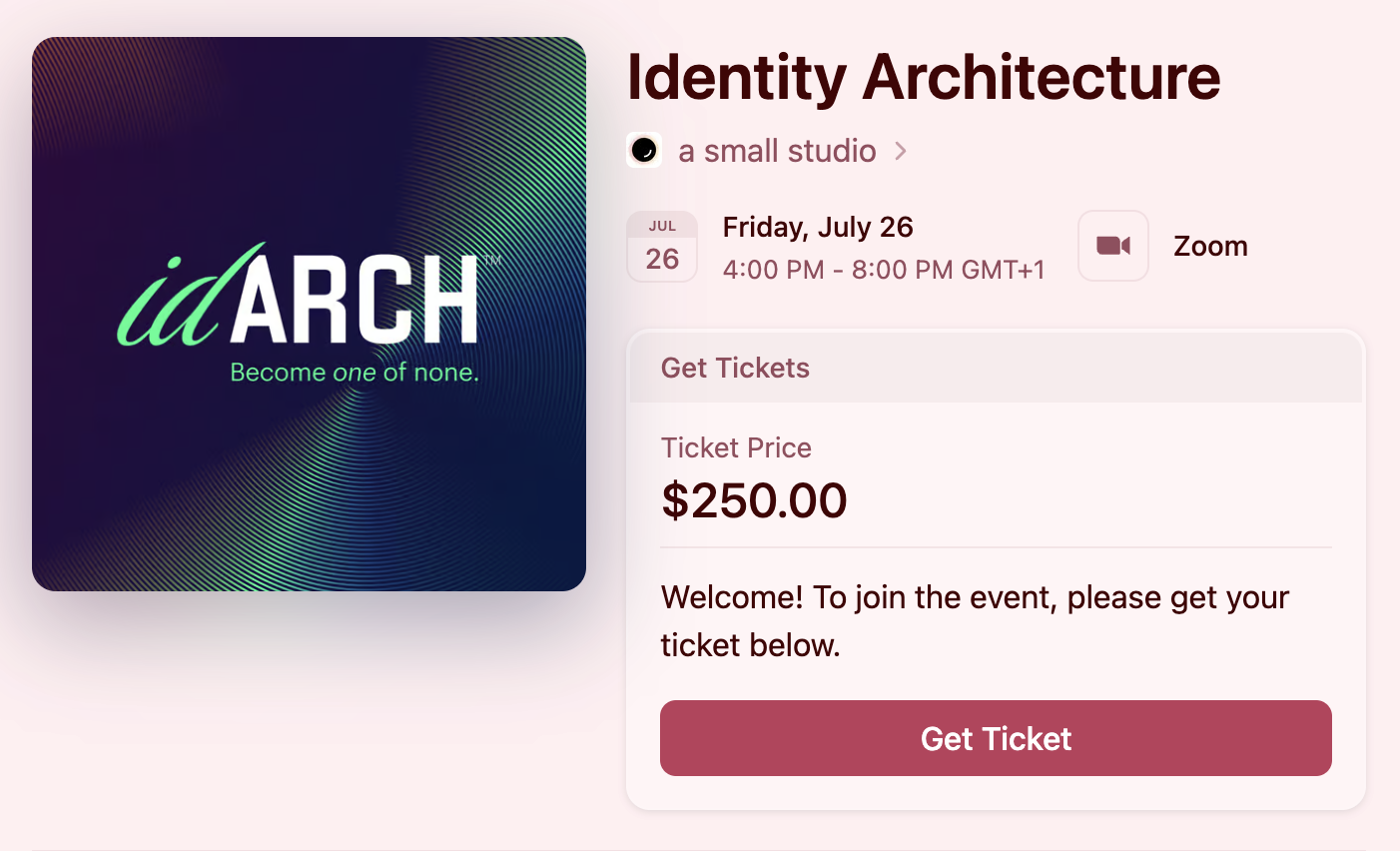
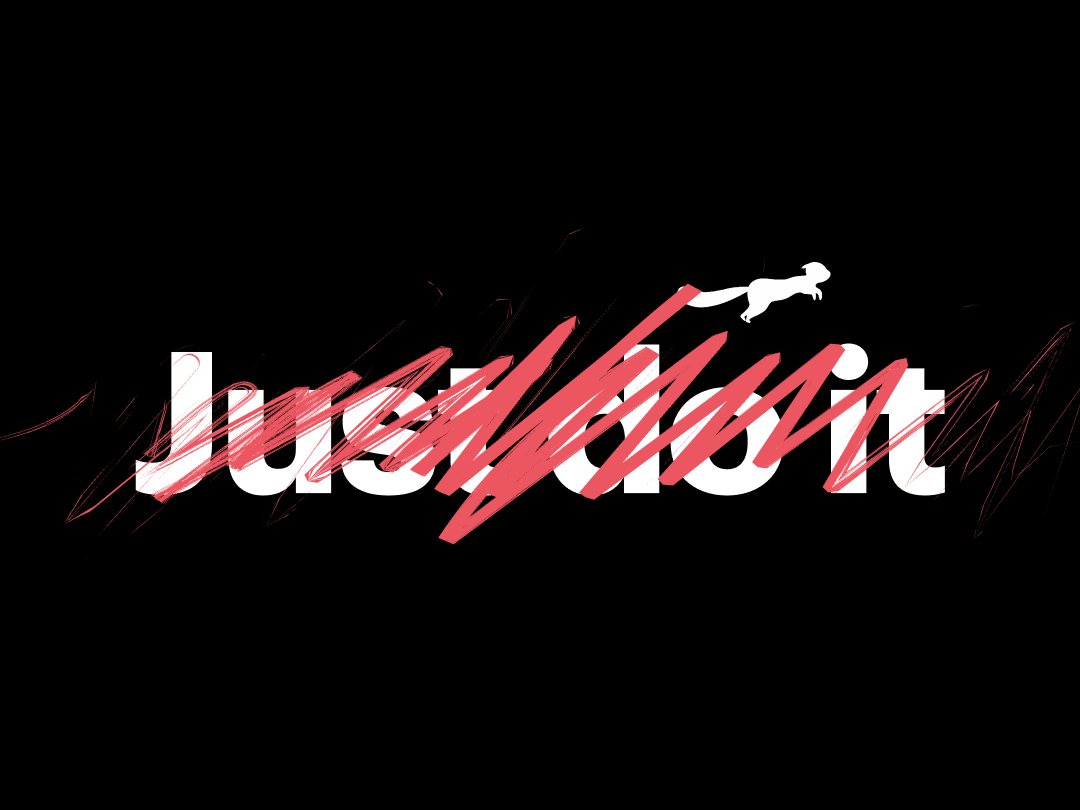
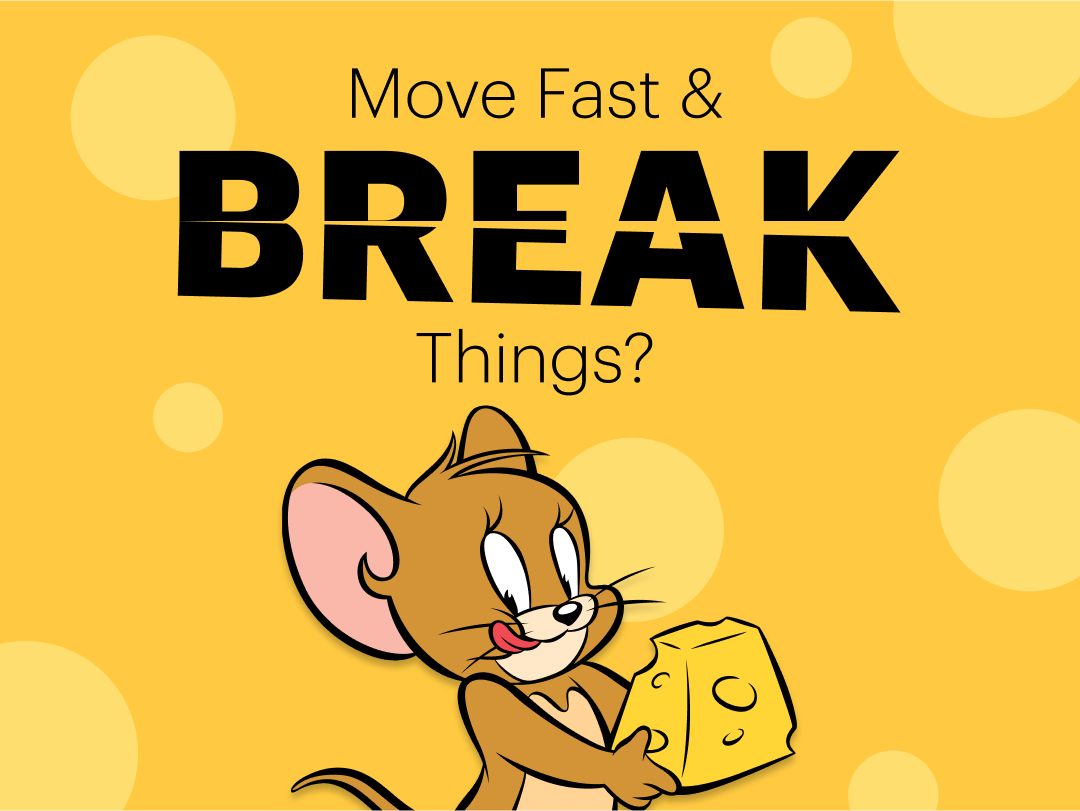
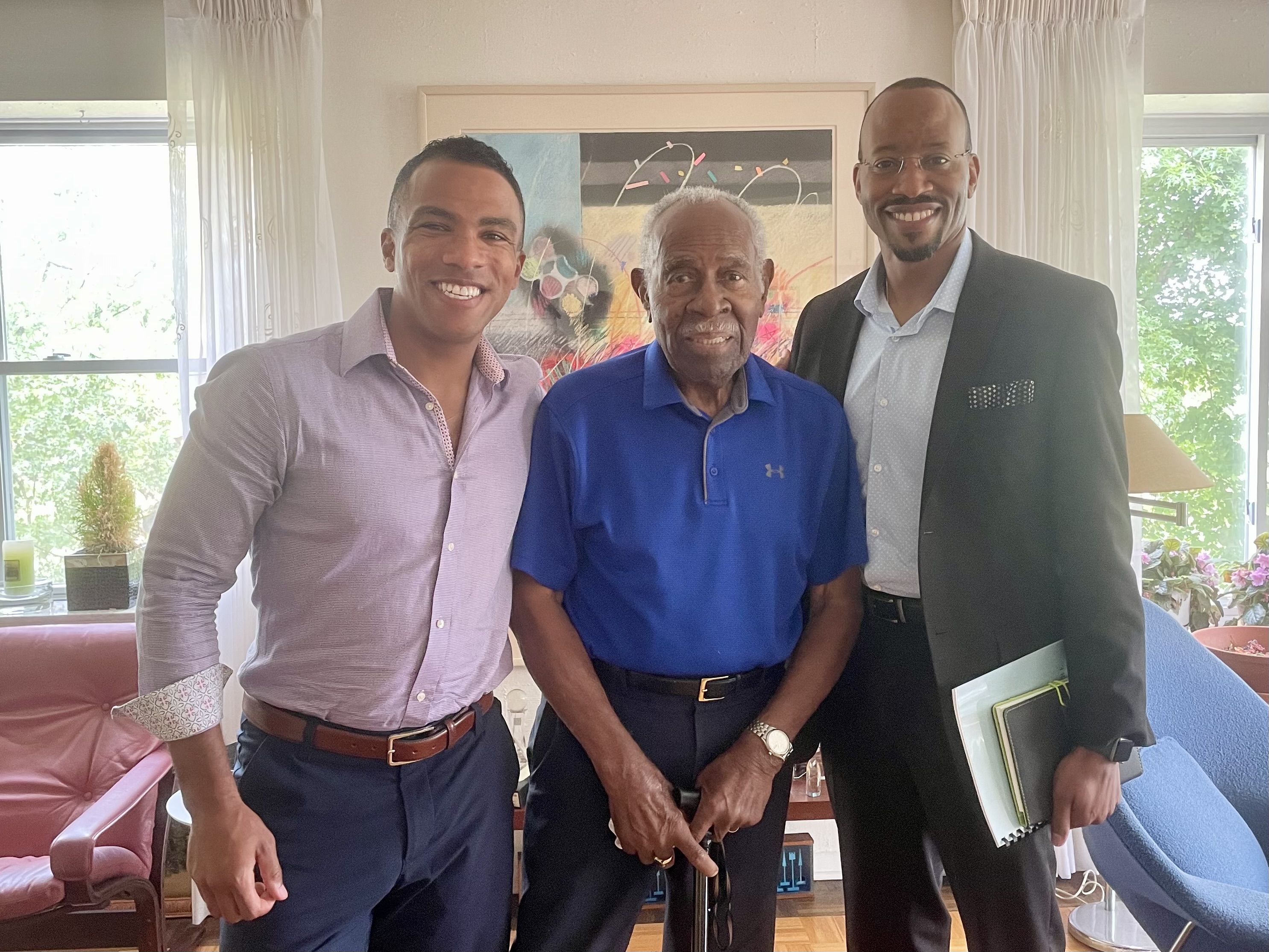
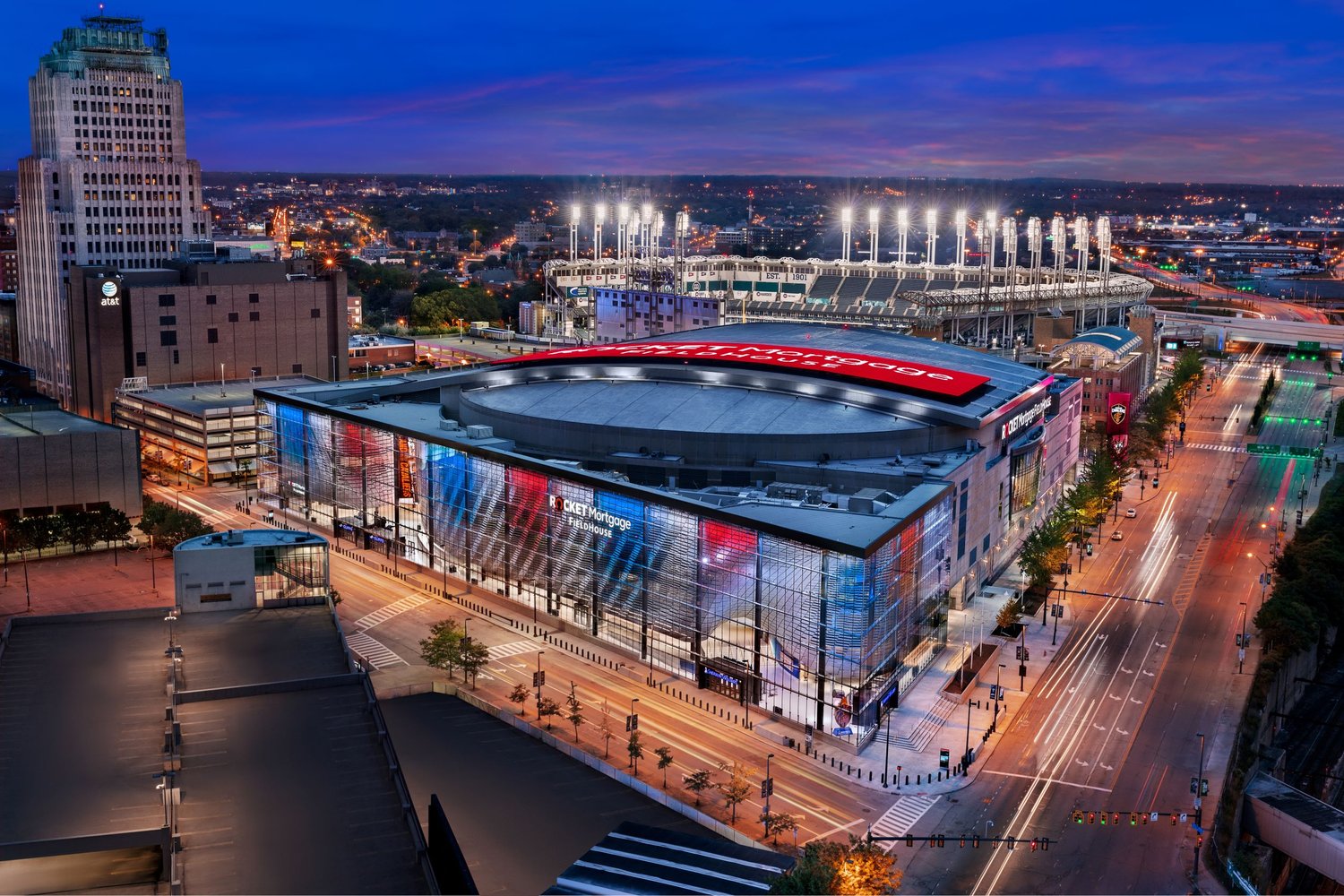


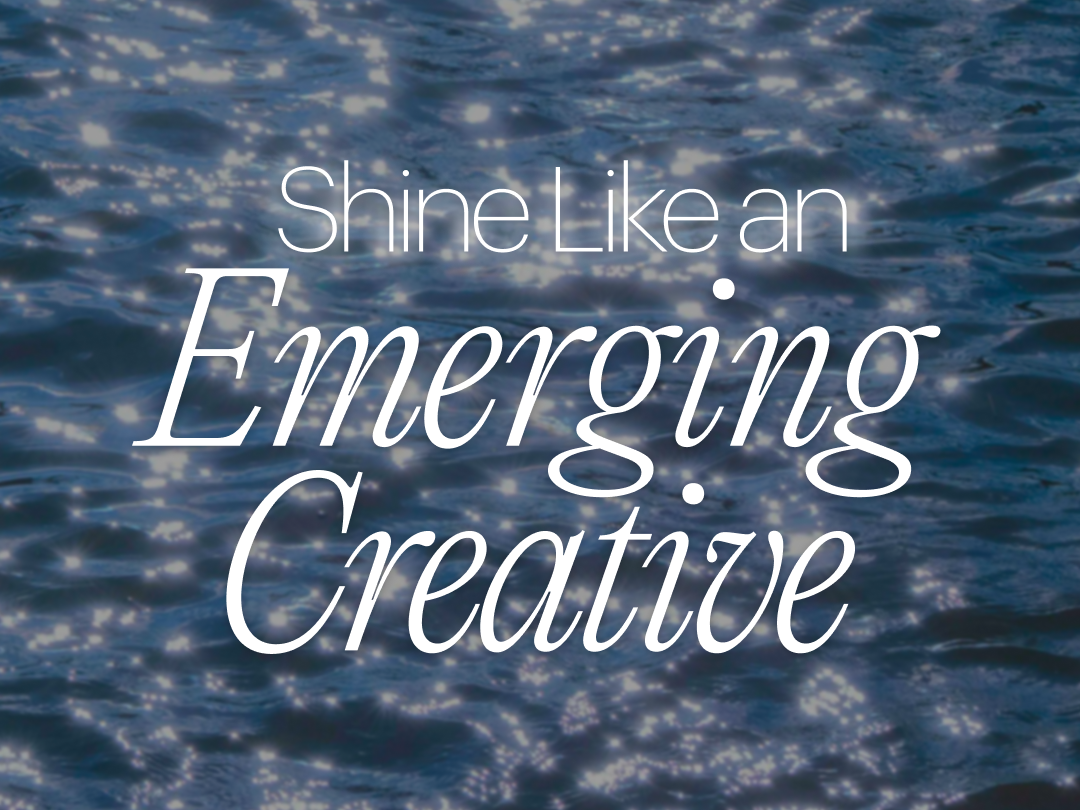

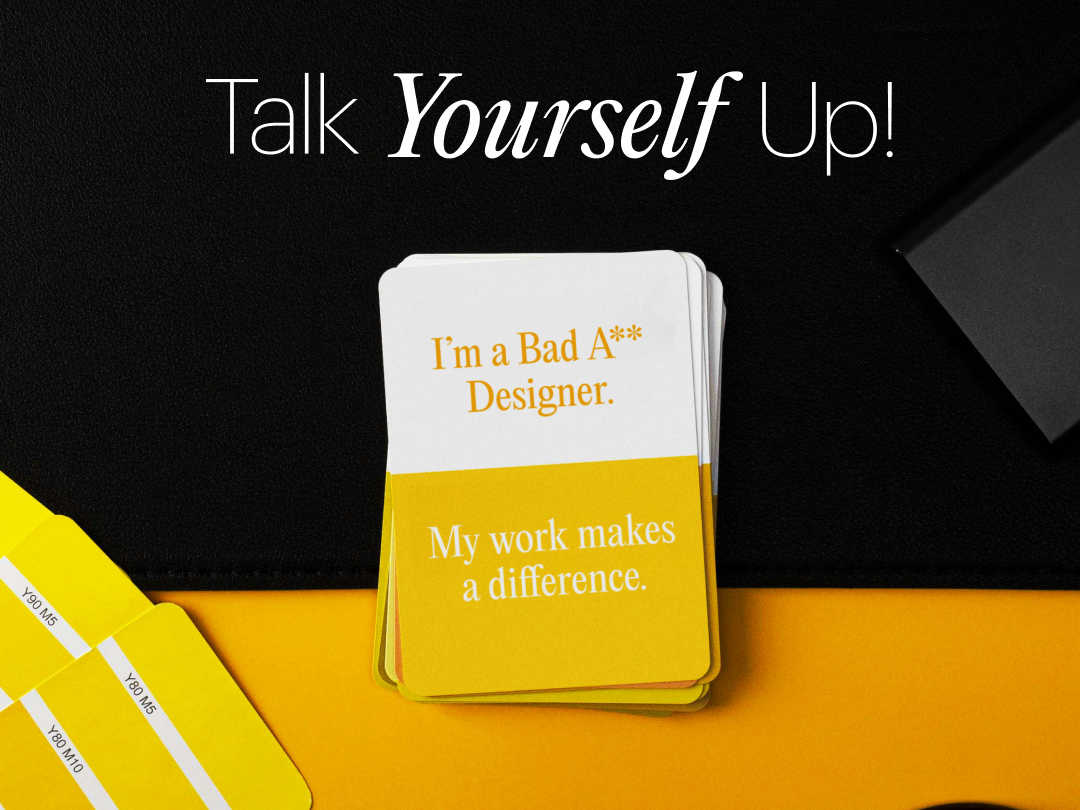
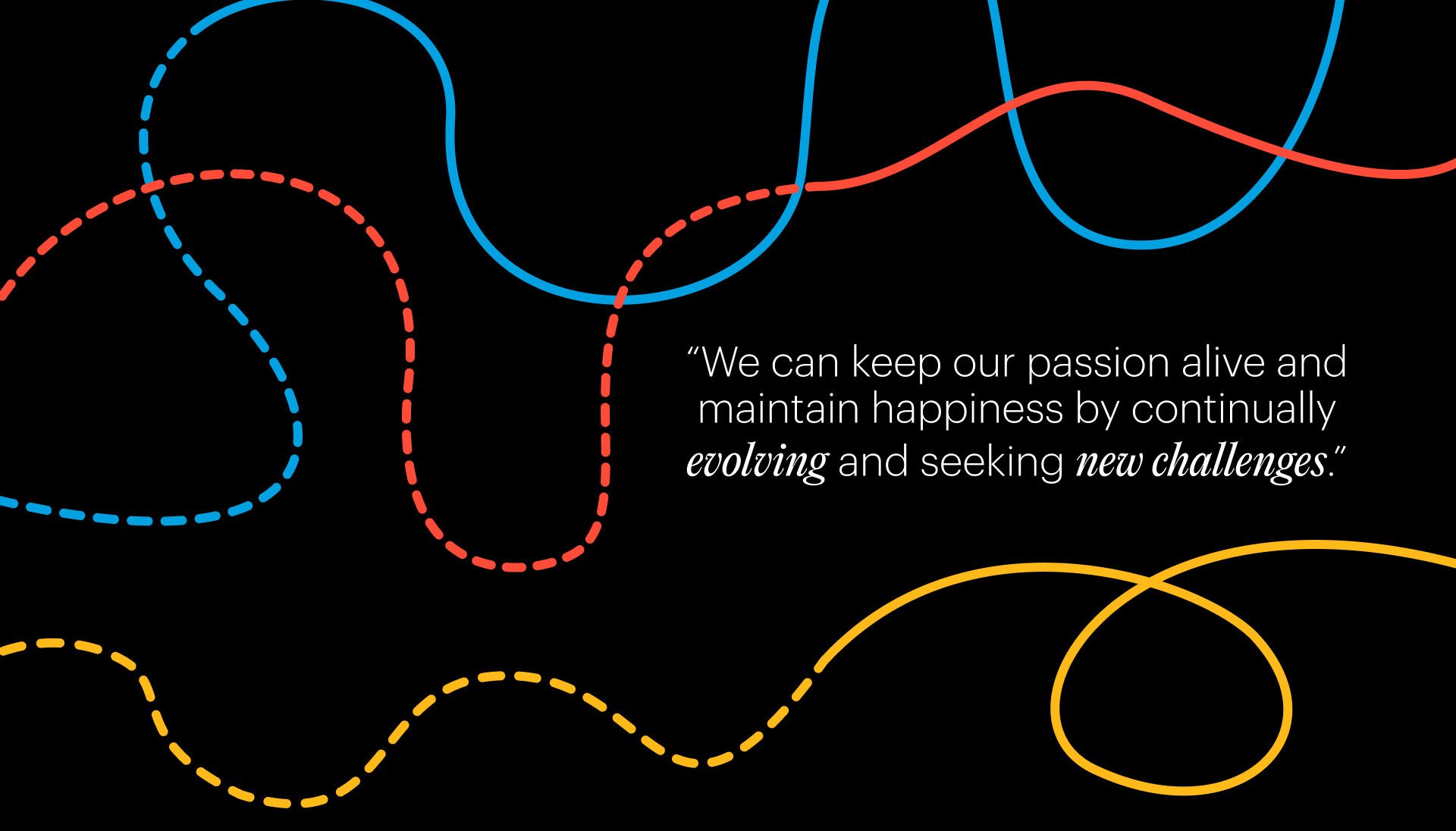
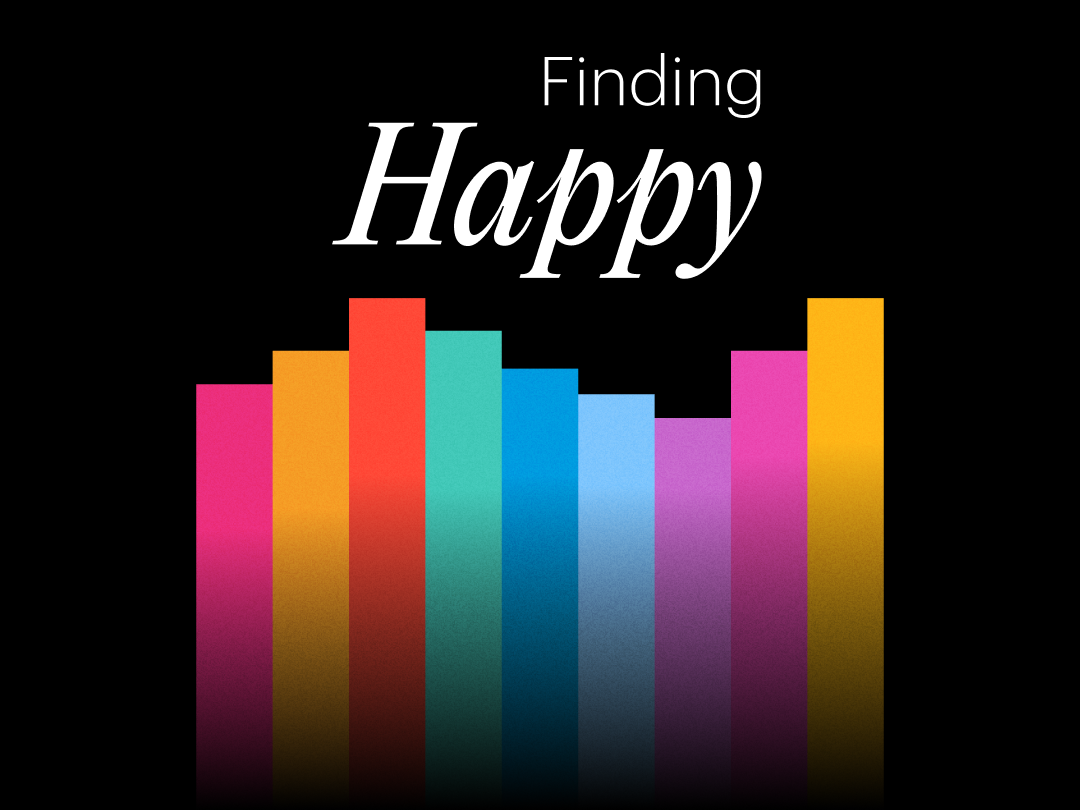




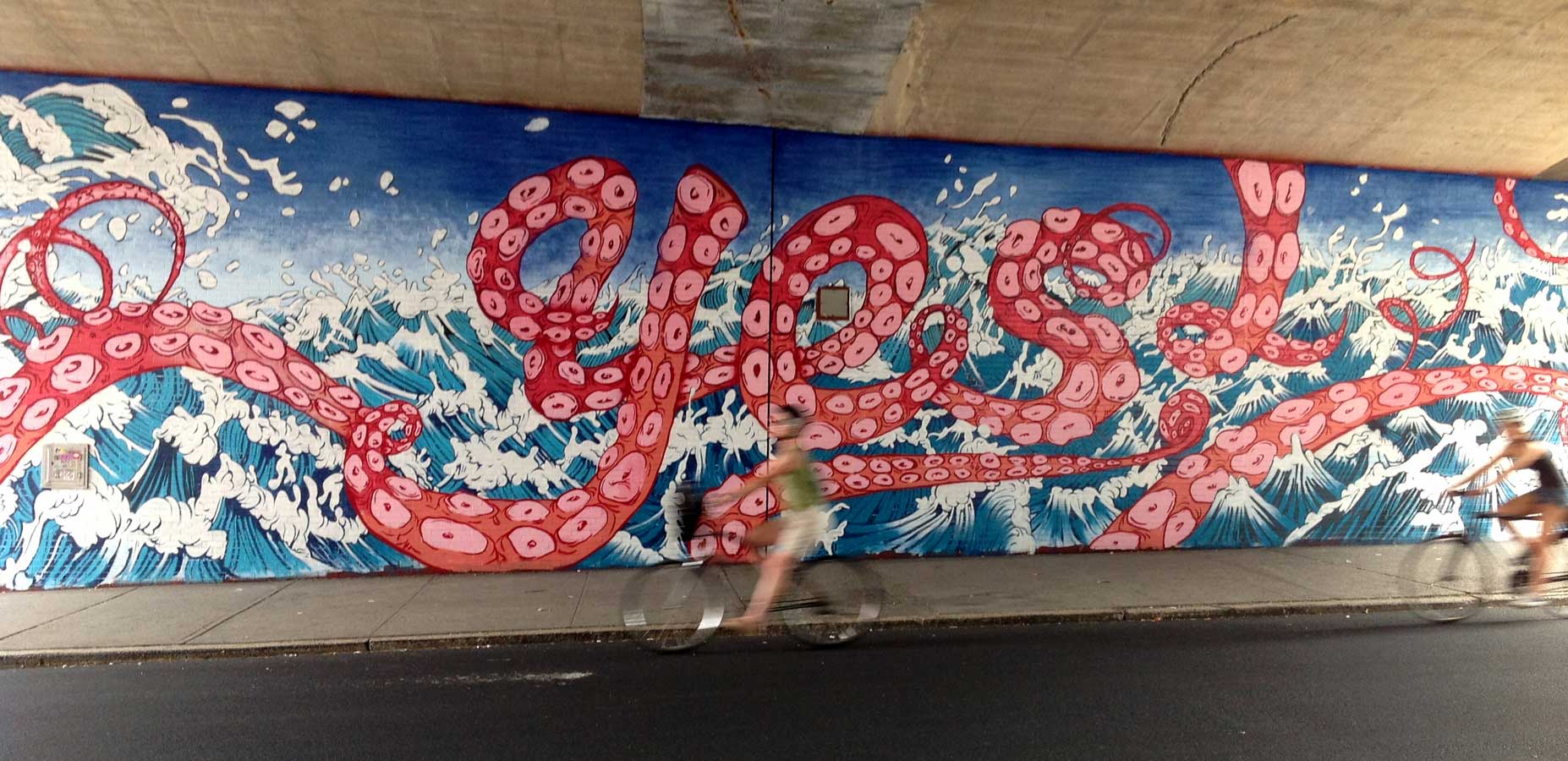
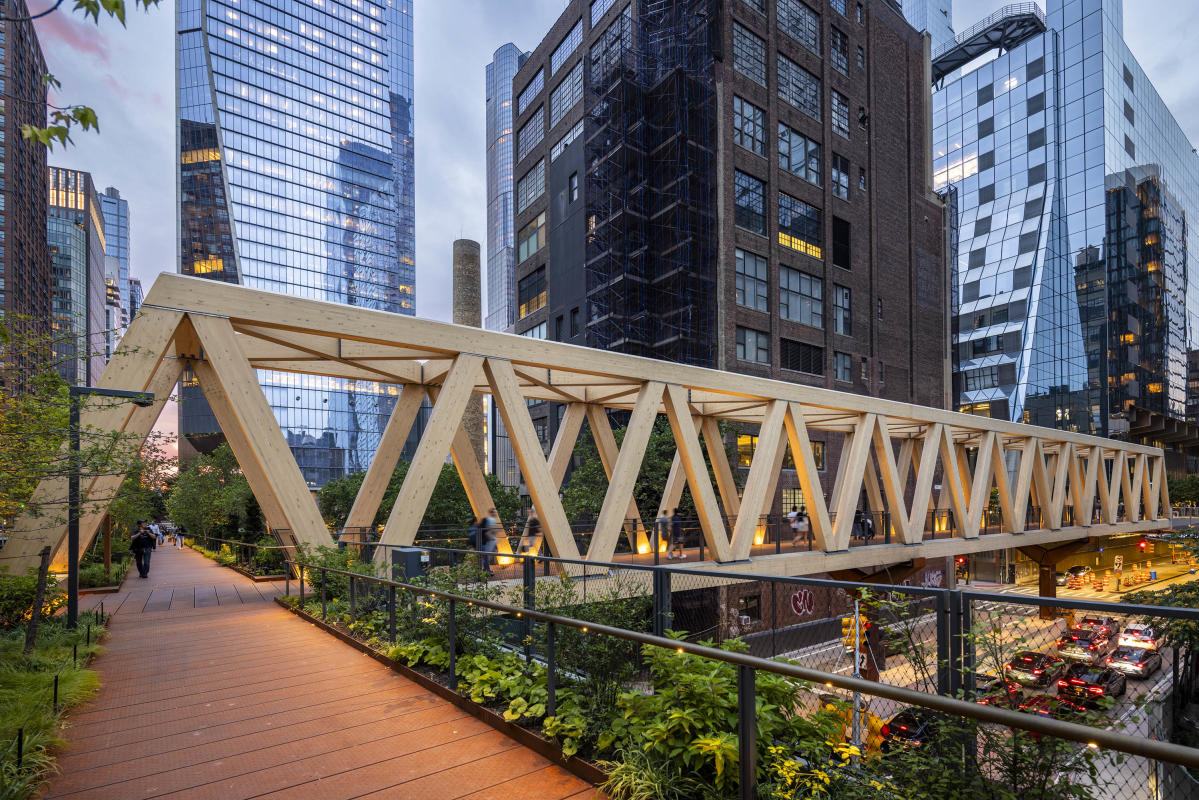

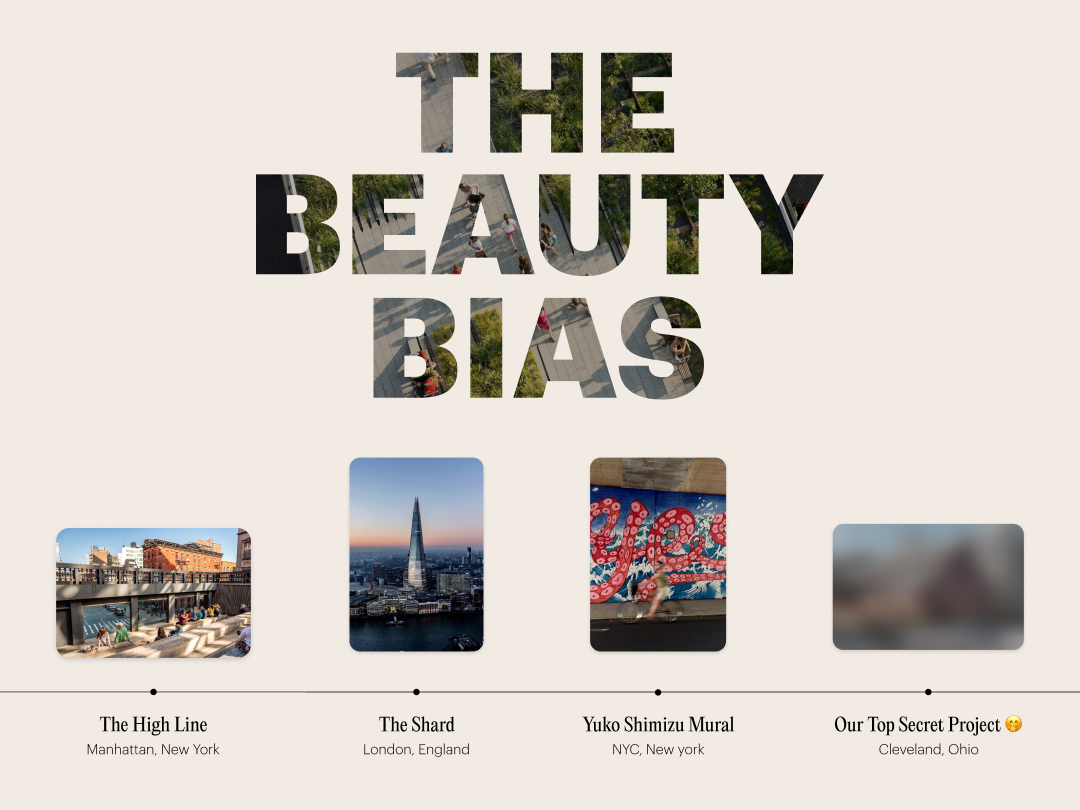
.png)





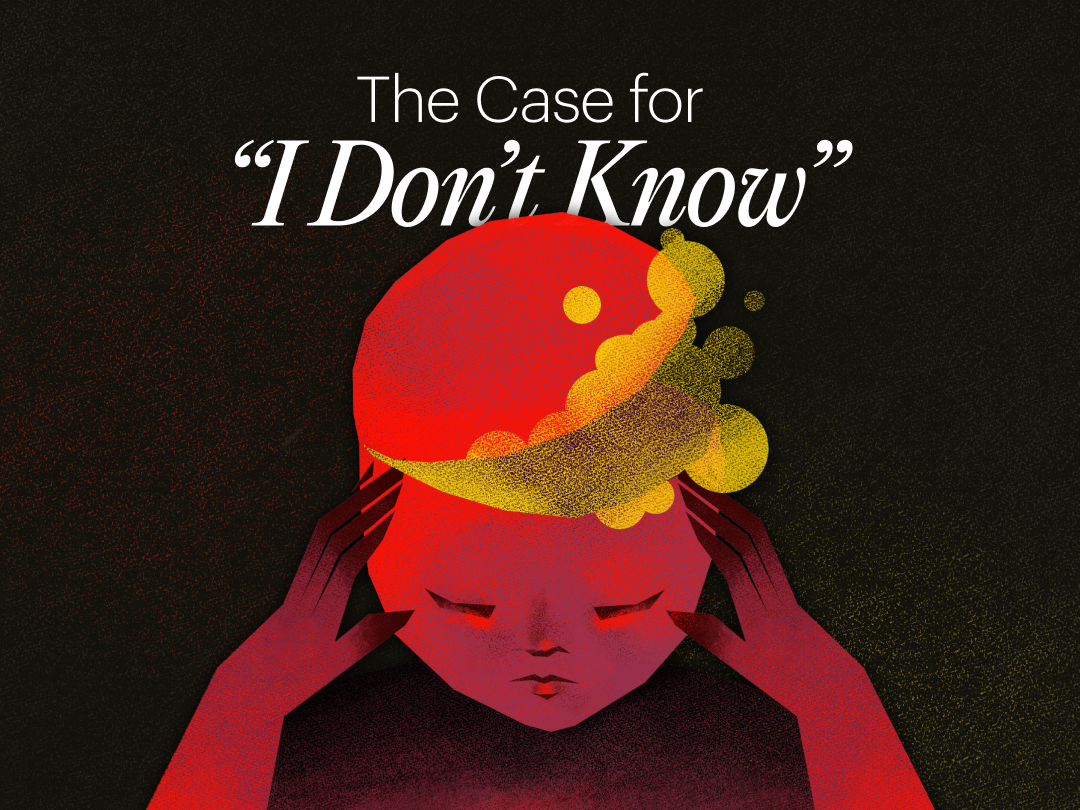

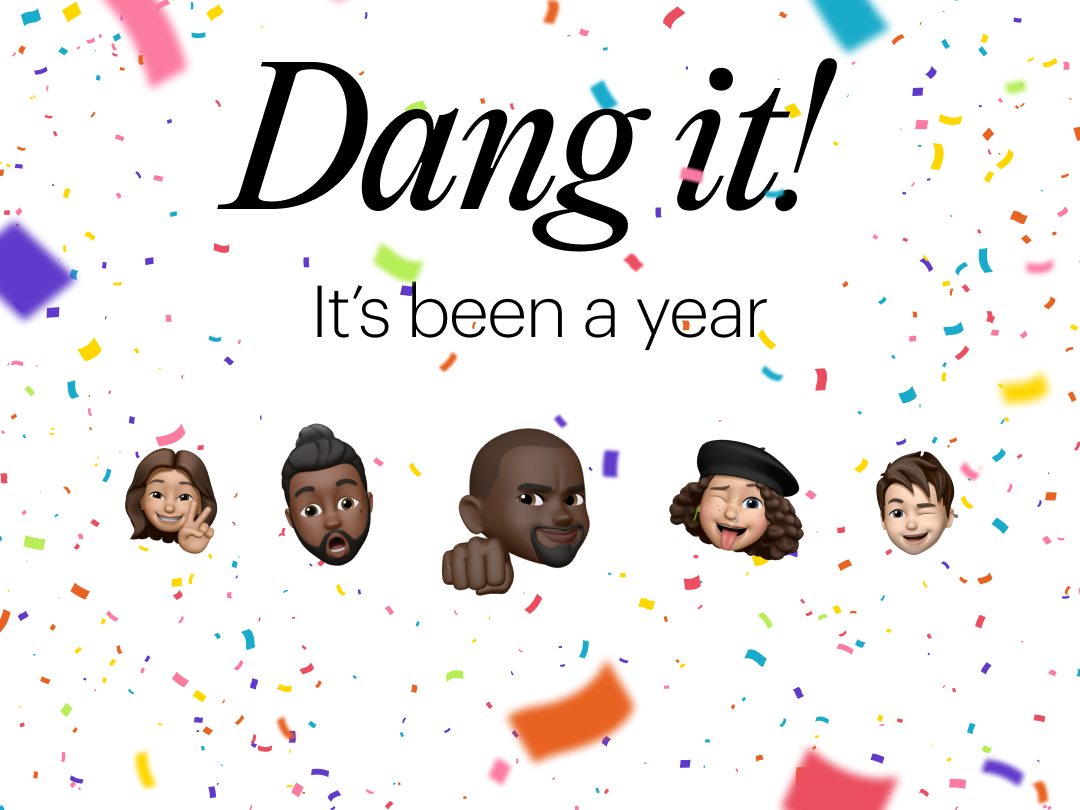
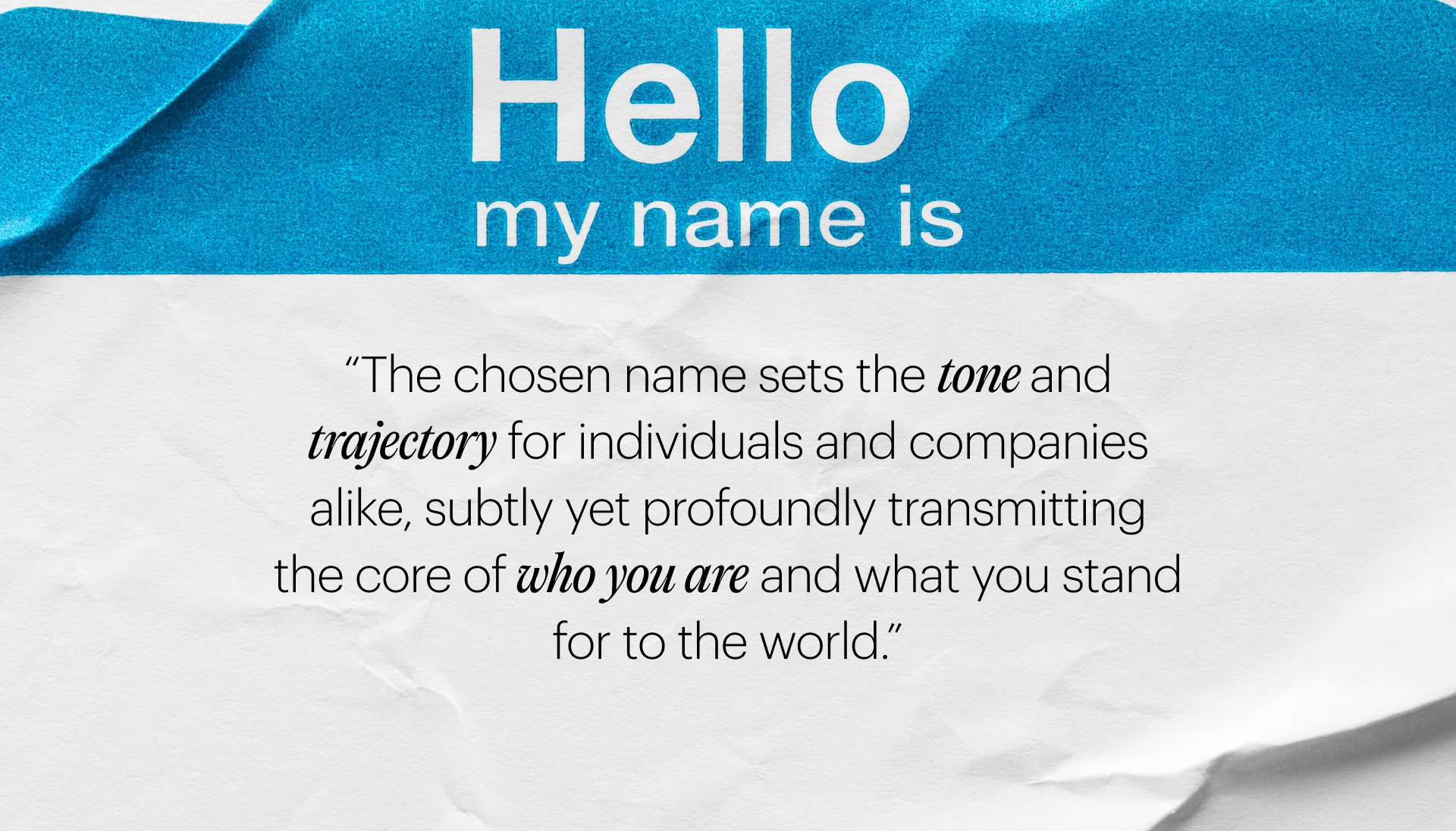
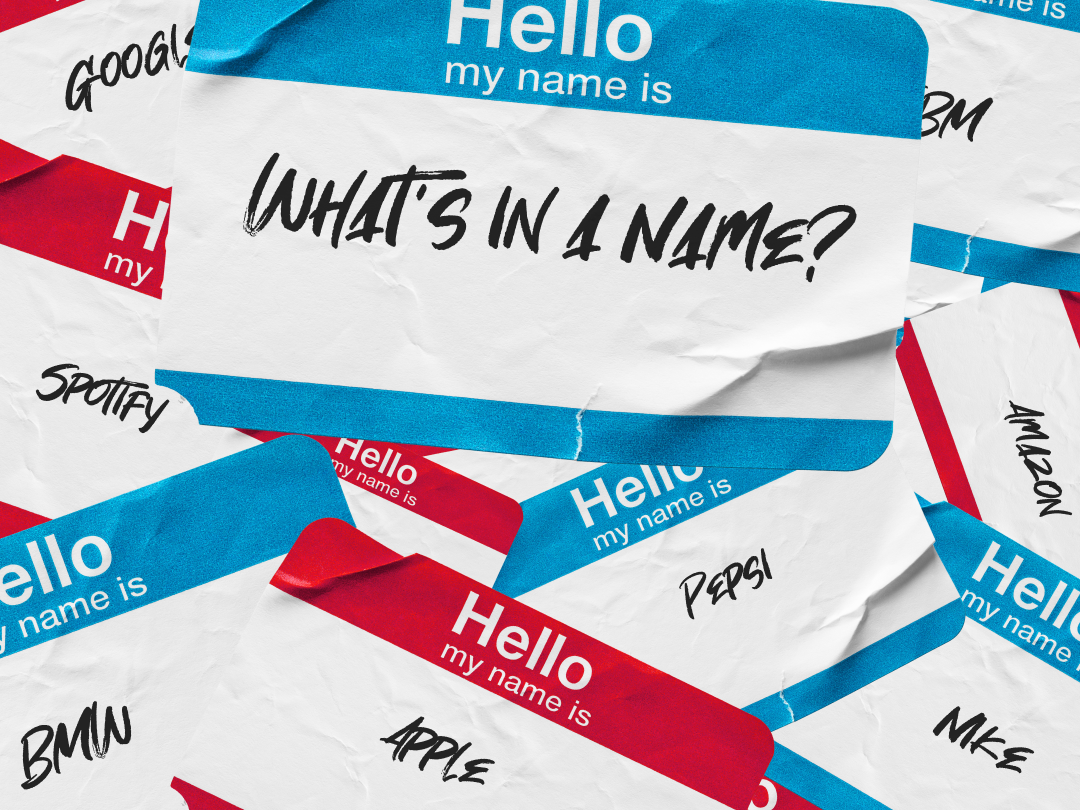




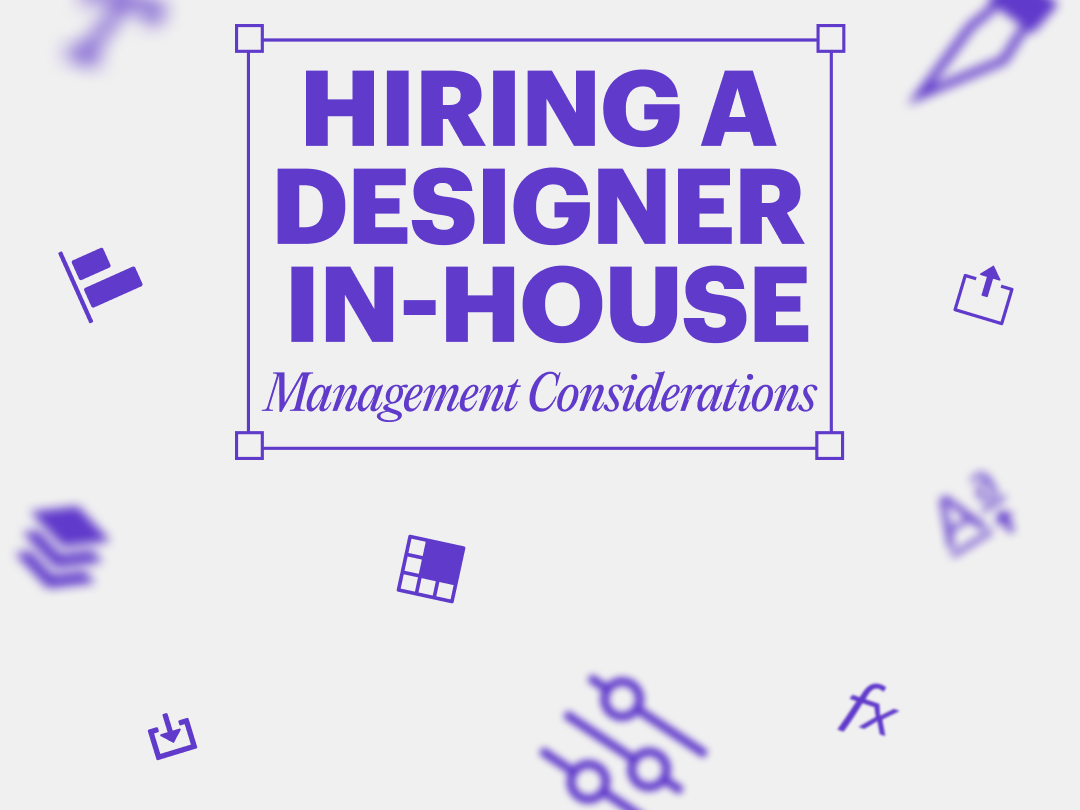
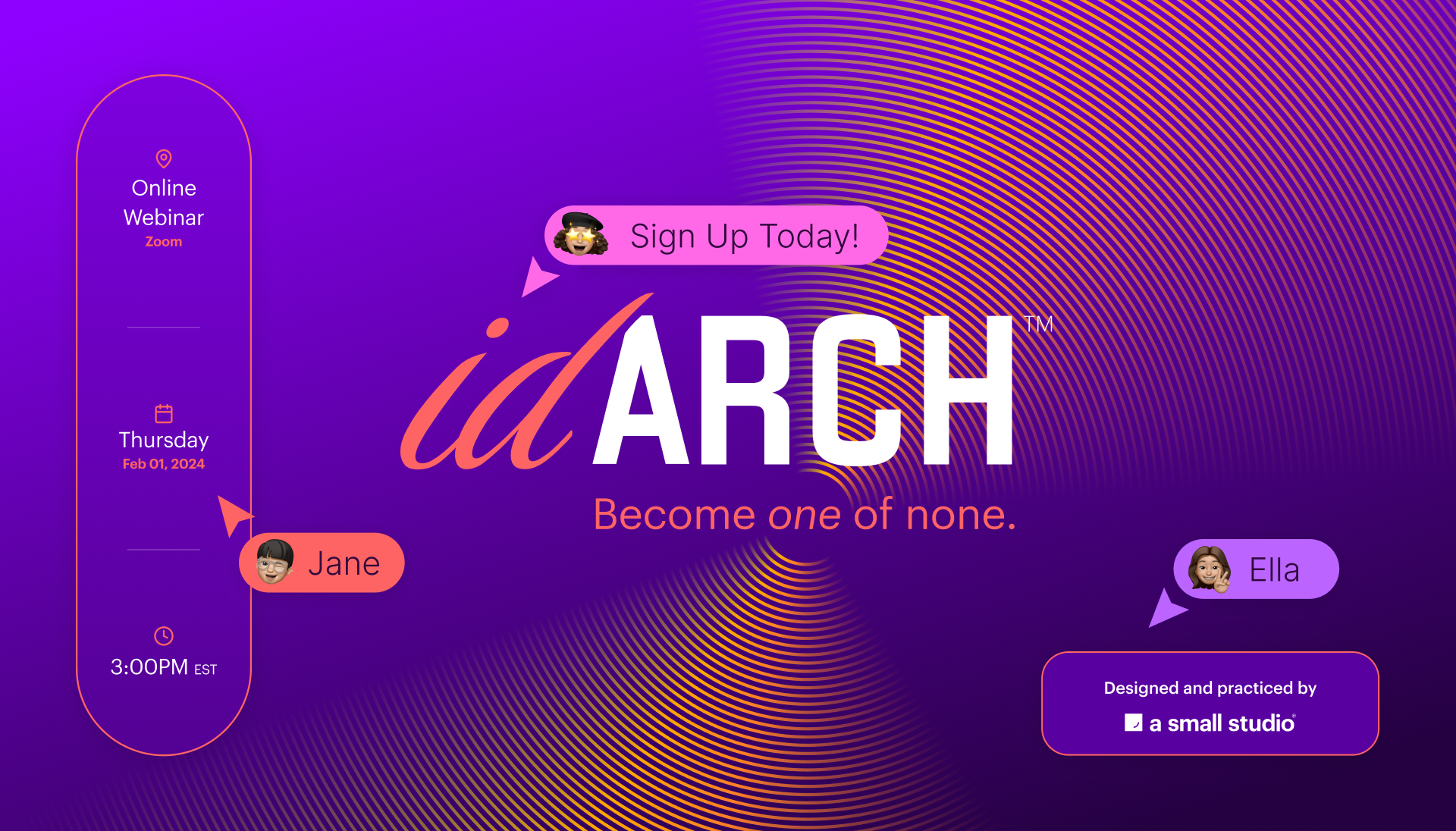





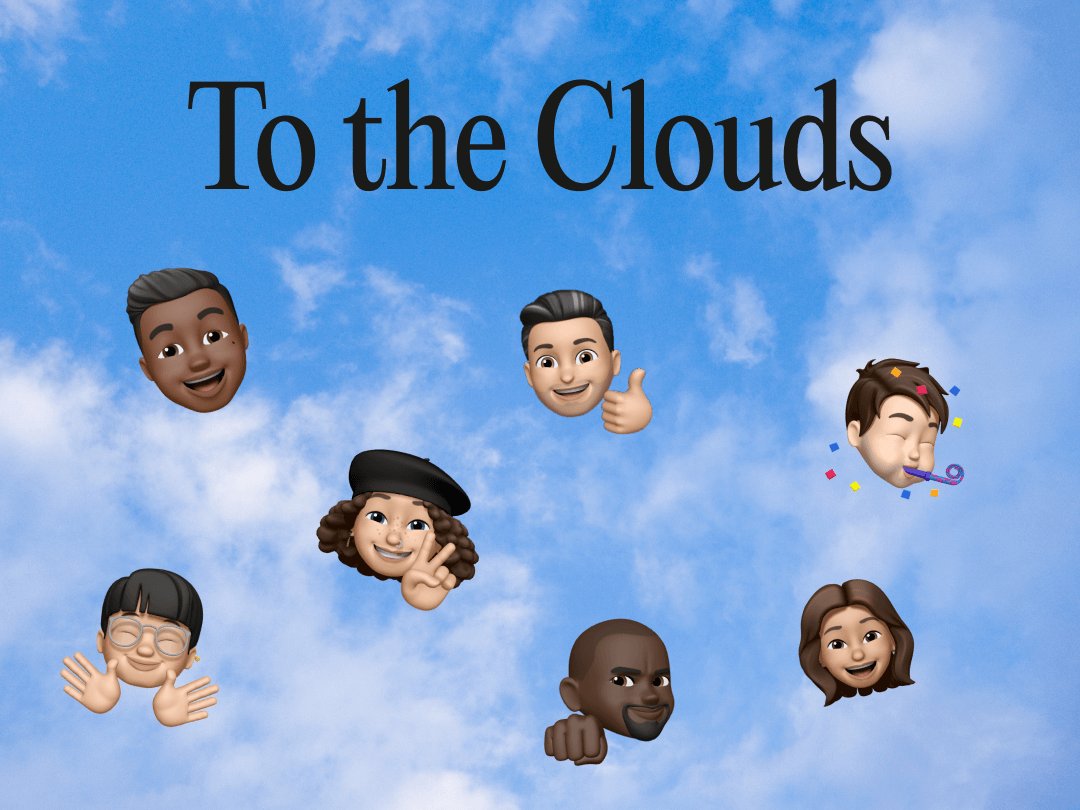






%2520(1).png)

